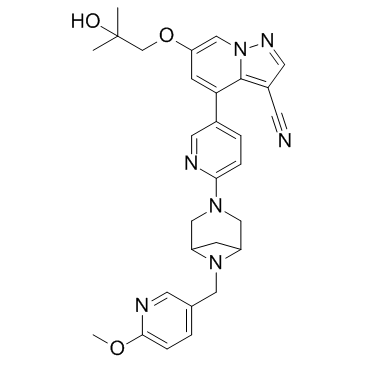Tyrosine Kinase
- IGFBR(1)
- Bcr-Abl(73)
- Ack1(4)
- Axl(6)
- ALK(61)
- BMX Kinase(4)
- Broad Spectrum Protein Kinase Inhibitor(11)
- c-FMS(35)
- c-Kit(65)
- c-MET(91)
- c-RET(7)
- CSF-1R(3)
- DDR1/DDR2 Receptor(1)
- EGFR(251)
- EphB4(2)
- FAK(34)
- FGFR(104)
- FLT3(102)
- HER2(19)
- IGF1R(33)
- Insulin Receptor(45)
- IRAK(32)
- ITK(12)
- Lck(2)
- LRRK2(23)
- PDGFR(117)
- PTKs/RTKs(5)
- Pyk2(6)
- ROR(41)
- Spleen Tyrosine Kinase (Syk)(35)
- Src(105)
- Tie-2 (3)
- Trk(37)
- VEGFR(203)
- Kinase(0)
- Discoidin Domain Receptor(15)
- DYRK(26)
- Ephrin Receptor(13)
- ROS(15)
- RET(34)
- TAM Receptor(28)
Products for Tyrosine Kinase
- Cat.No. Product Name Information
-
GC14396
Ponatinib (AP24534)
Ponatinib (AP24534) (AP24534) is an orally active multi-targeted kinase inhibitor with IC50s of 0.37 nM, 1.1 nM, 1.5 nM, 2.2 nM, and 5.4 nM for Abl, PDGFRα, VEGFR2, FGFR1, and Src, respectively.
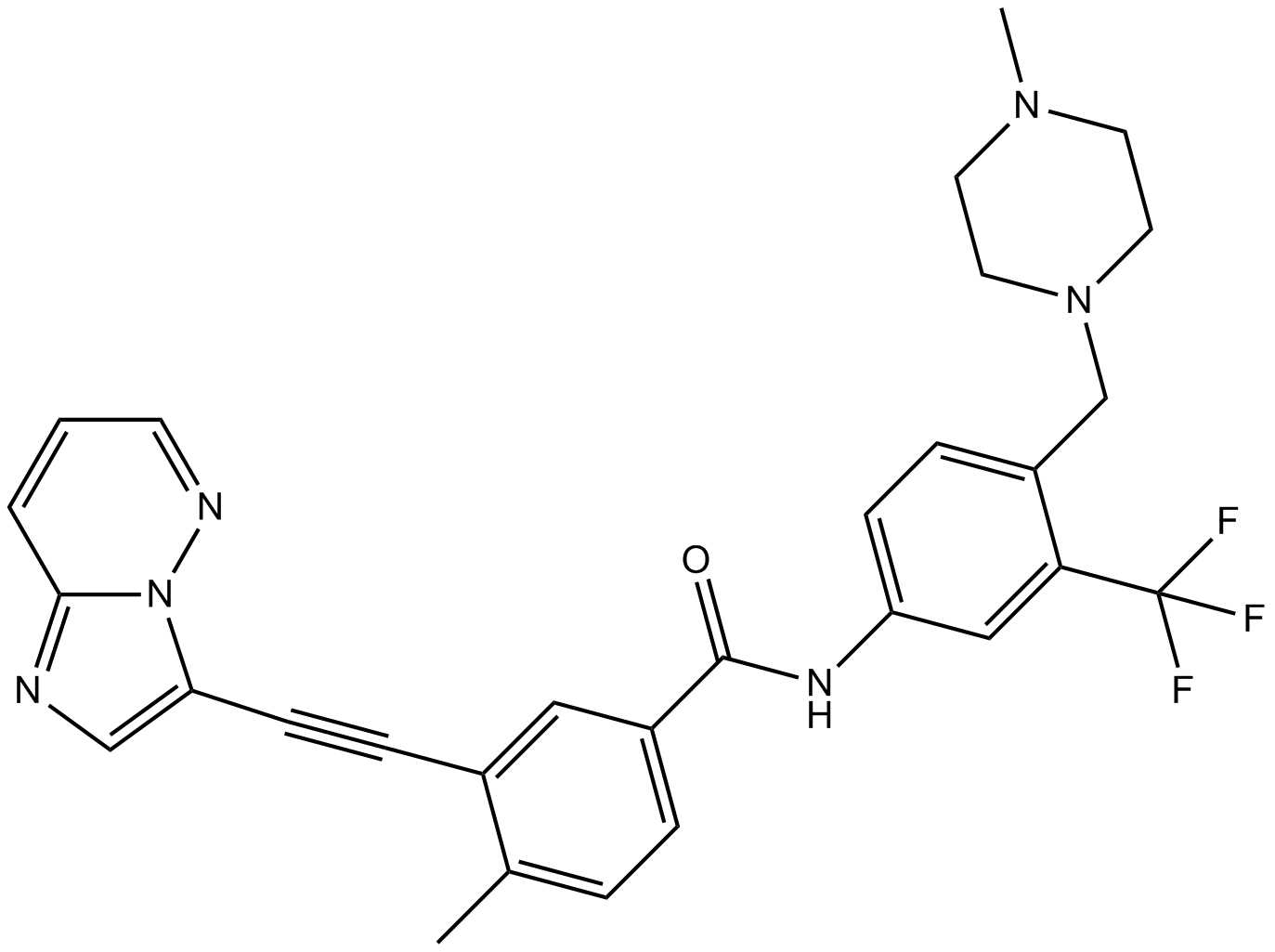
-
GC52104
Ponatinib (hydrochloride)
An inhibitor of native and mutant Bcr-Abl

-
GC45828
Ponatinib-d8
An internal standard for the quantification of ponatinib

-
GC69728
Ponezumab
Ponezumab (PF-04360365) is a humanized monoclonal antibody against amyloid beta protein of the IgG2 class. Ponezumab can reduce Aβ levels in the central nervous system and improve performance in various learning and memory models in mice. Ponezumab can be used for research on Alzheimer's disease.
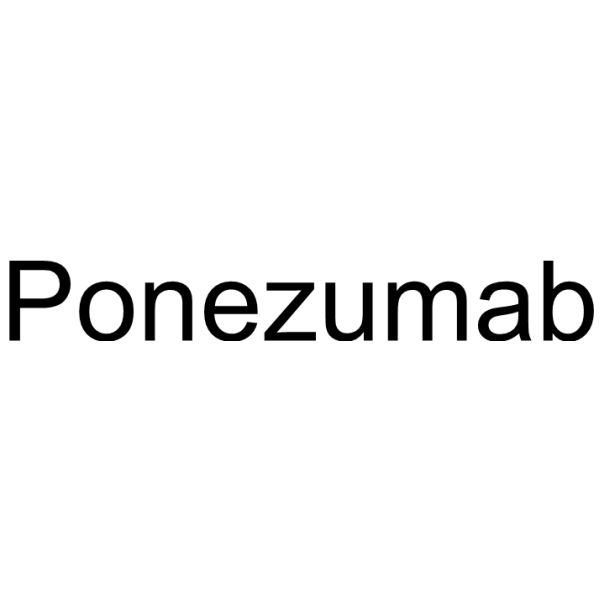
-
GC17916
Poziotinib
A irreversible pan-HER inhibitor
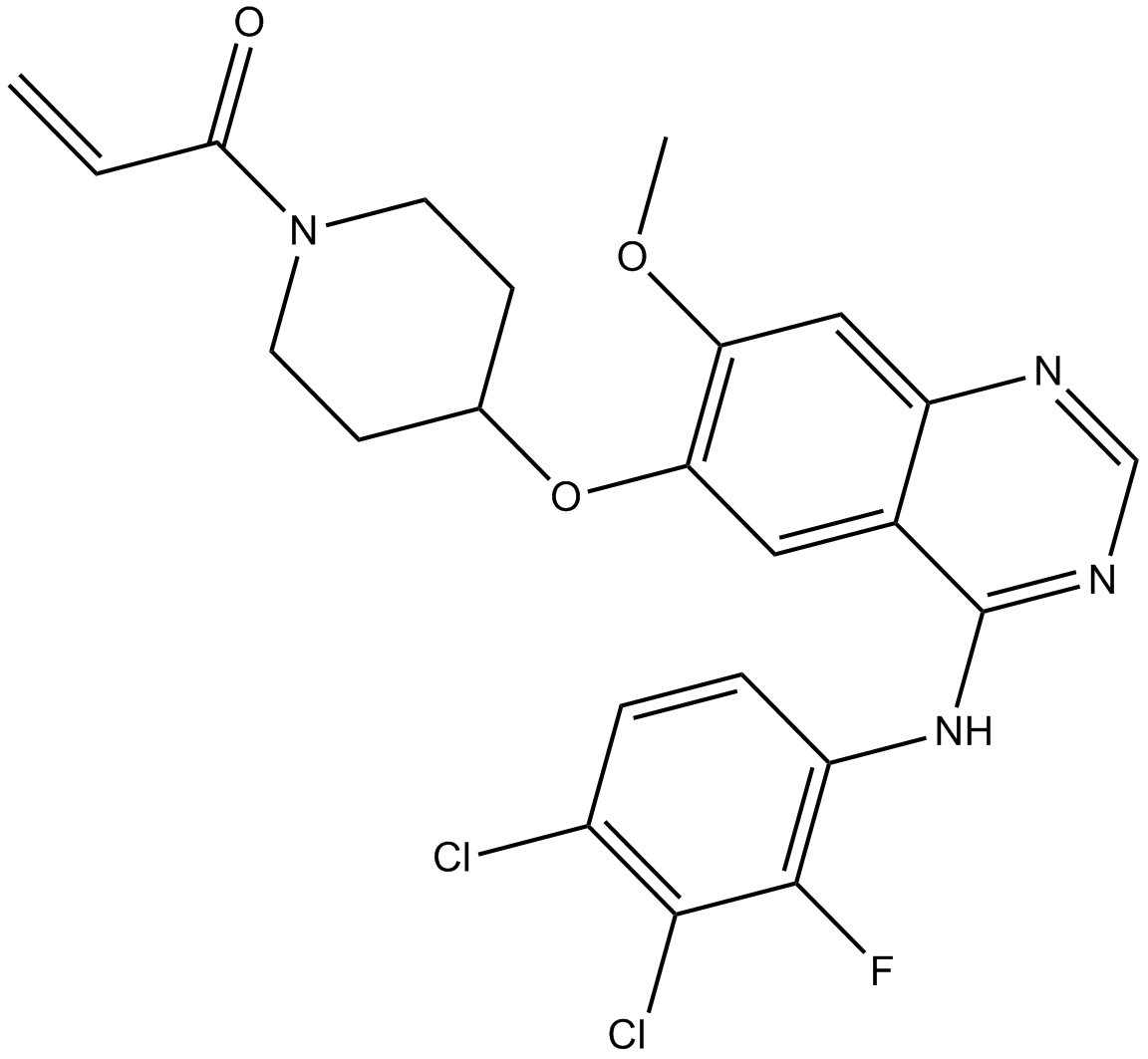
-
GC17990
PP 1
Potent, selective Src family tyrosine kinase inhibitor
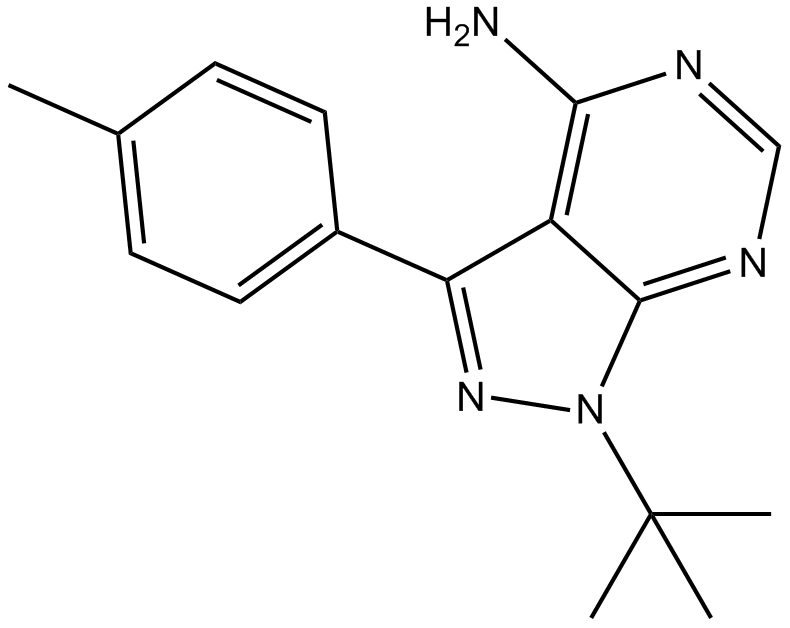
-
GC10344
PP 2 (AG 1879)
A selective inhibitor of Src tyrosine kinases
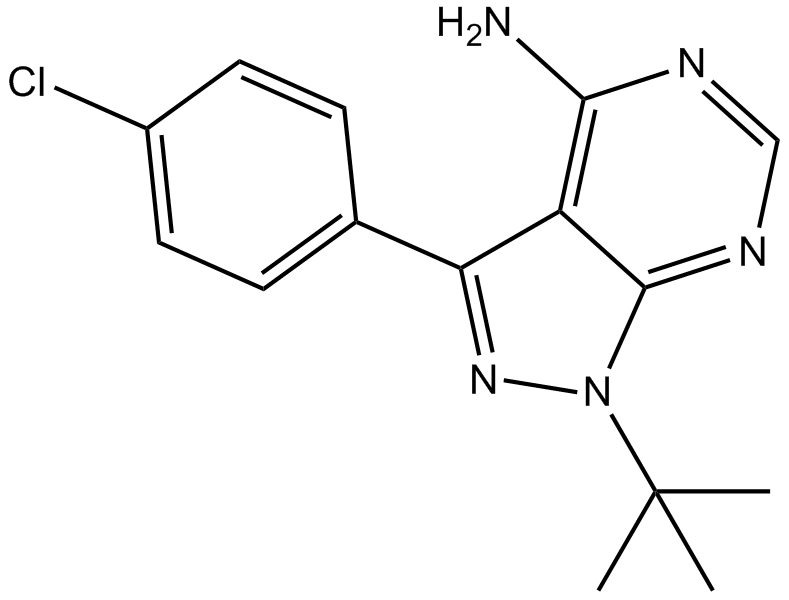
-
GC13797
PP 3
Negative control for the Src kinase inhibitor PP 2
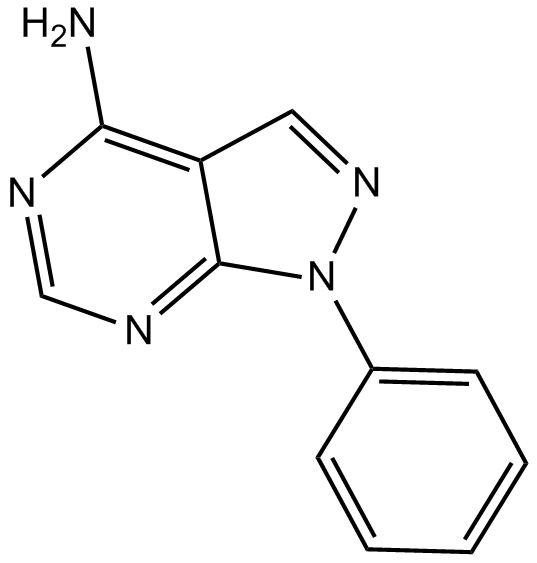
-
GC11003
PP121
Dual inhibitor of tyrosine and phosphoinositide kinases
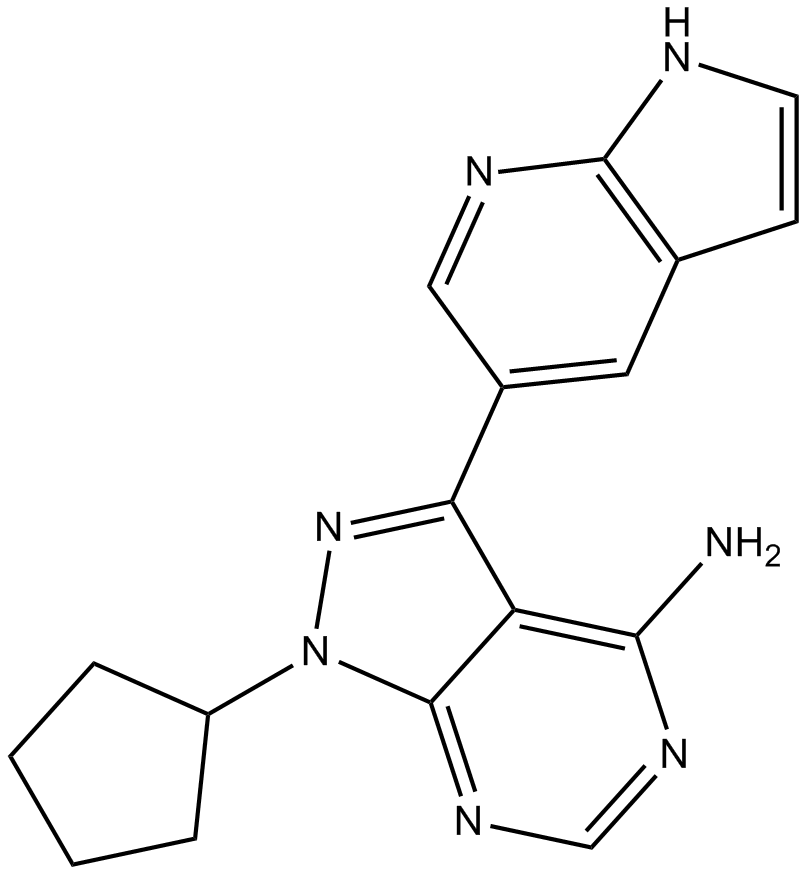
-
GC32835
PP58
PP58 is a pyrido[2,3-d]pyrimidine-based compound that inhibits PDGFR, FGFR and Src family activities with nanomolar IC50 values.
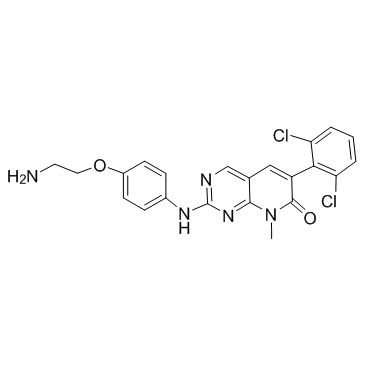
-
GC17137
pp60 c-src (521-533) (phosphorylated)
Peptide corresponding to the pp60c-src carboxy terminal regulatory domain
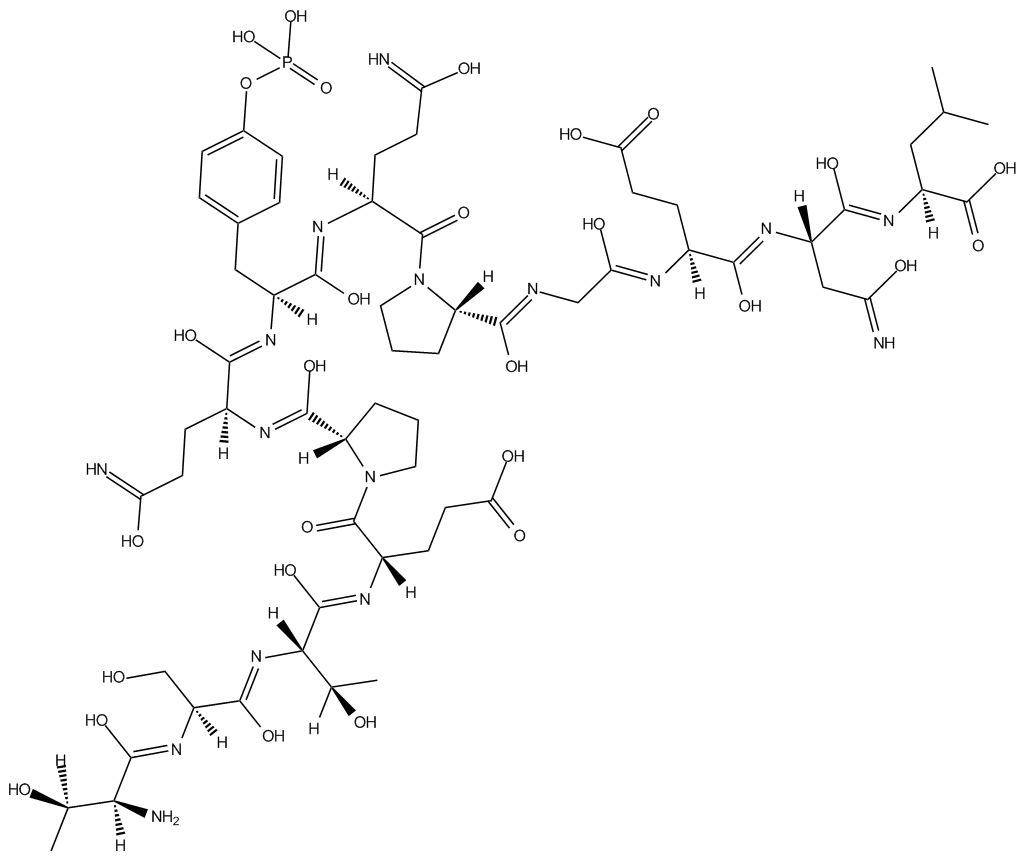
-
GC12779
PPY A
Abl kinases inhibitor
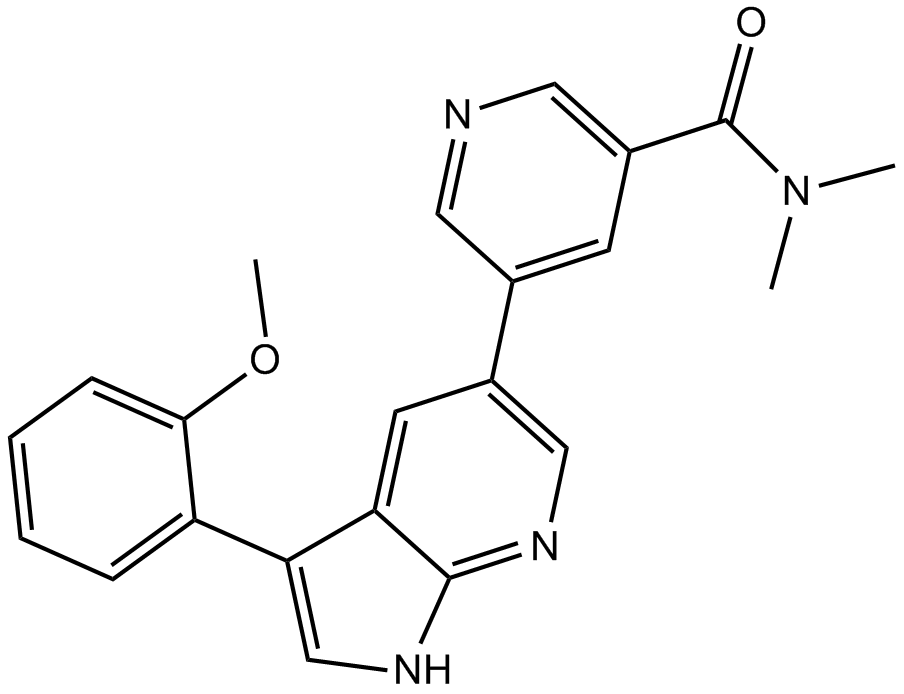
-
GC16991
PQ 401
IGF1R inhibitor,potent and cell-permeable
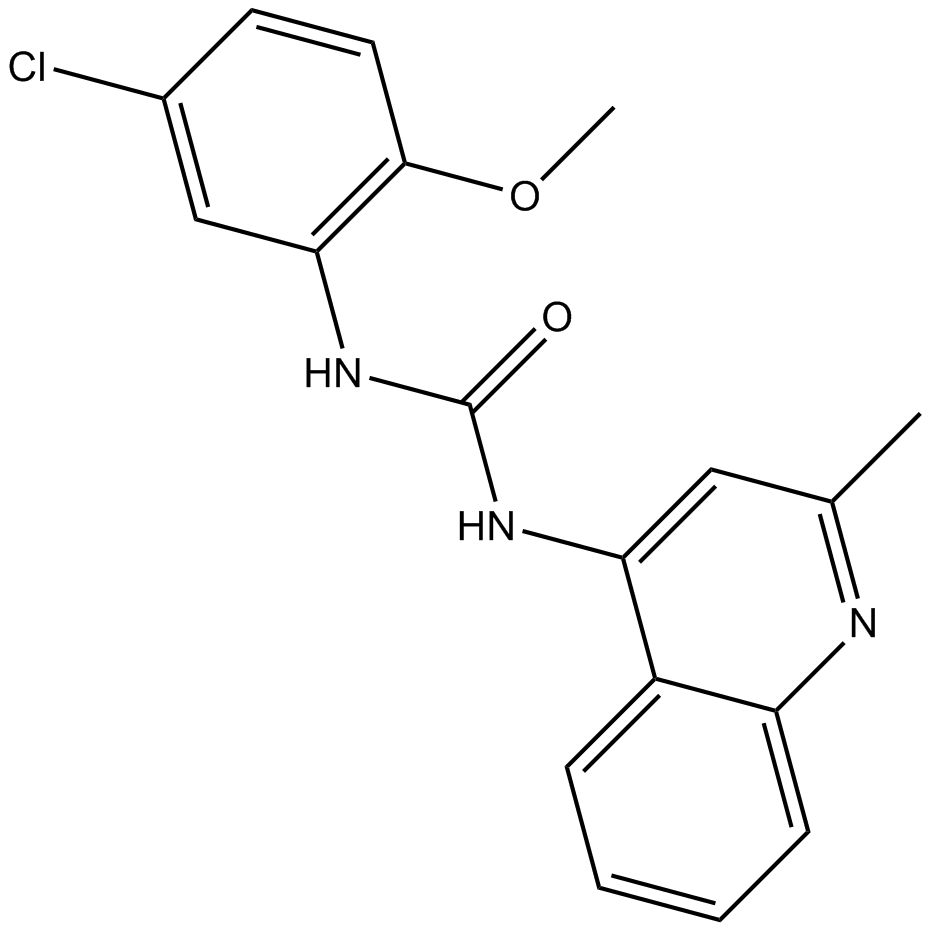
-
GC31780
Pralsetinib (Blu667)
Pralsetinib (Blu667) (BLU-667) is a highly potent, selective RET inhibitor. Pralsetinib (Blu667) (BLU-667) inhibits WT RET, RET mutants V804L, V804M, M918T and CCDC6-RET fusion with IC50s of 0.4, 0.3, 0.4, 0.4, and 0.4 nM, respectively.
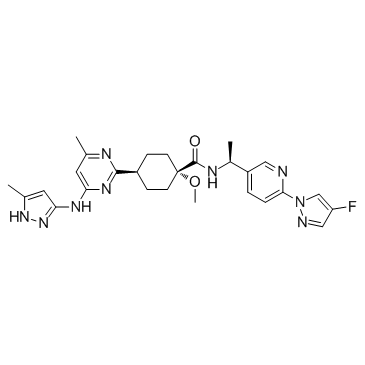
-
GC32802
PRN1371
An irreversible pan-FGFR inhibitor
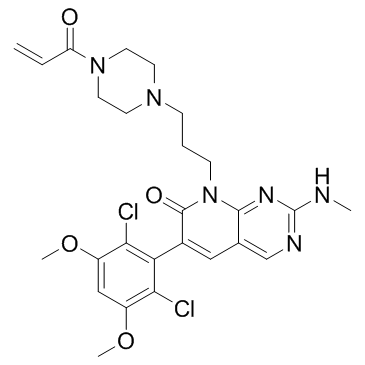
-
GC30502
PRN694
PRN694 is an irreversible, highly selective and potent covalent interleukin-2-inducible T-cell kinase (ITK) and resting lymphocyte kinase (RLK) dual inhibitor with IC50s of 0.3 nM and 1.4 nM, respectively.
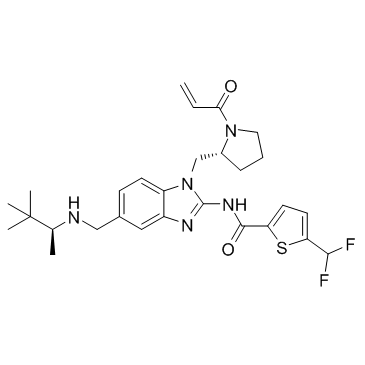
-
GC46208
Propentofylline
A xanthine derivative and neuroprotective agent

-
GC36985
PROTAC FAK degrader 1
PROTAC FAK degrader 1 is a selective and potent von Hippel-Lindau-based focal adhesion kinase (FAK) degrader with an IC50 of 6.5 nM, DC50 of 3 nM.
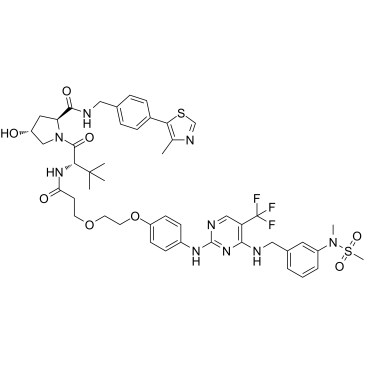
-
GC65555
PROTAC FLT-3 degrader 1
PROTAC FLT-3 degrader 1 is a von Hippel-Lindau-based PROTAC FLT-3 internal tandem duplication (ITD) degrader with an IC50 0.6 nM. Anti-proliferative activity; apoptosis induction.
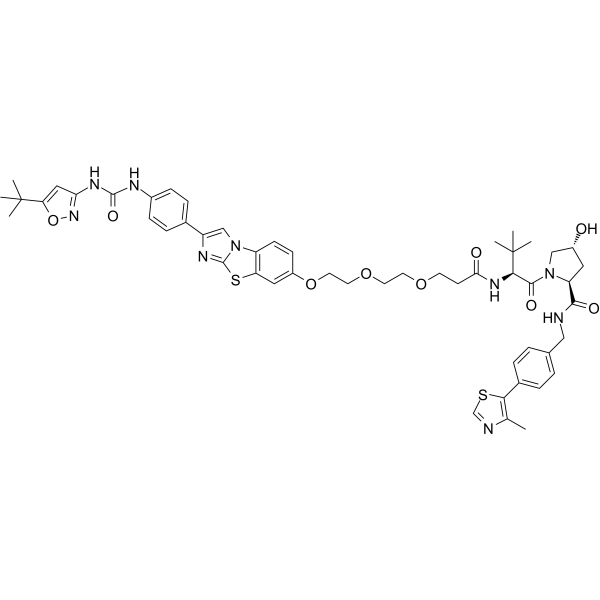
-
GC62197
PROTAC IRAK4 degrader-1
PROTAC IRAK4 degrader-1 is a Cereblon-based PROTAC interleukin-1 receptor-associated kinase 4 (IRAK4) degrader extracted from patent US20190192668A1 Compound I-210, makes 20-50%, and >50% IRAK4 degradation at 0.01, 0.1, and 1 μM in OCI-LY-10 cells, respectively.
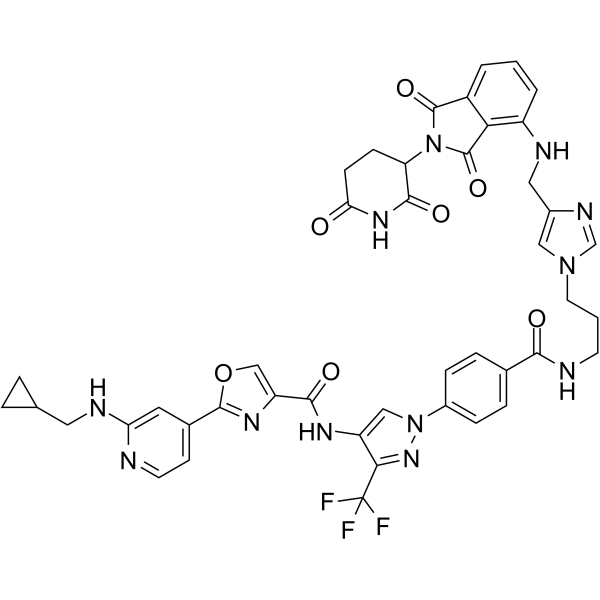
-
GC69769
Protein kinase inhibitor 1 hydrochloride
Protein kinase inhibitor 1 hydrochloride is an effective inhibitor of HIPK2, with IC50 values of 136 and 74 nM for HIPK1 and HIPK2 respectively, and a Kd value of 9.5 nM for HIPK2.
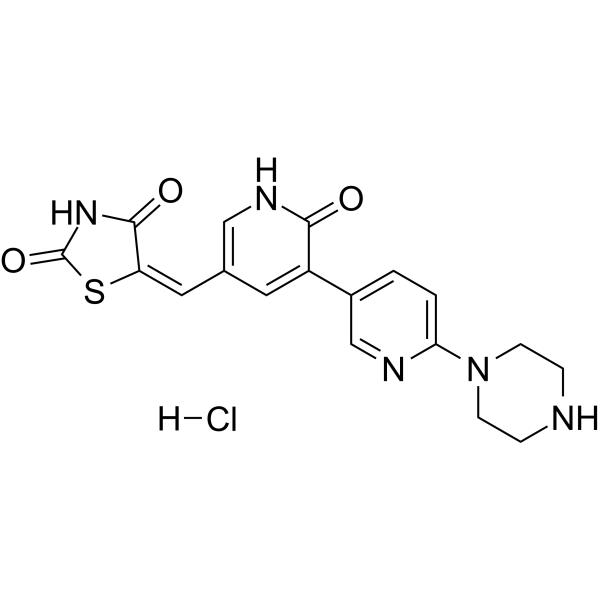
-
GC34131
Protein kinase inhibitors 1
Protein kinase inhibitors 1 is a novel inhibitor of HIPK2 with an IC50 of 74 nM and Kd of 9.5 nM.
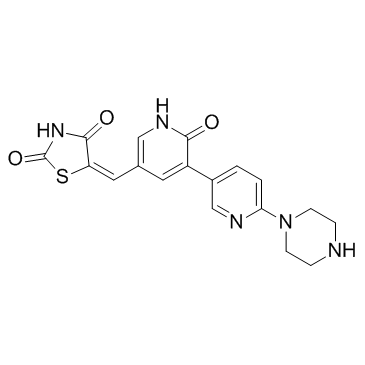
-
GC61217
Protein kinase inhibitors 1 hydrochloride
Protein kinase inhibitors 1 hydrochloride is a potent HIPK2 inhibitor, with IC50s of 136 and 74 nM for HIPK1 and HIPK2, and a Kd of 9.5 nM for HIPK2.
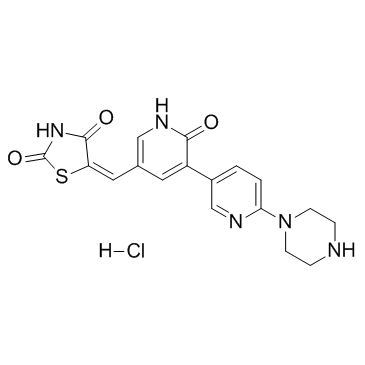
-
GC11321
PRT-060318
novel Syk inhibitor
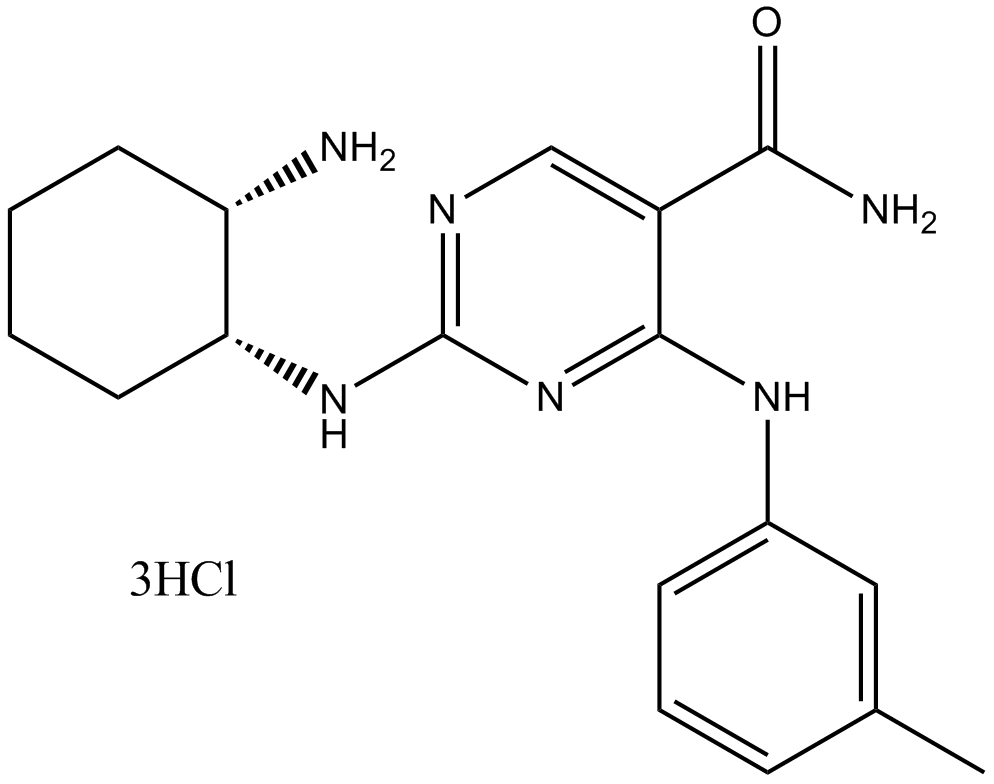
-
GC25787
PRT-060318 2HCl
PRT-060318 (PRT318) is a novel selective inhibitor of the Syk tyrosine kinase with an IC50 of 4 nM, as an approach to HIT treatment.
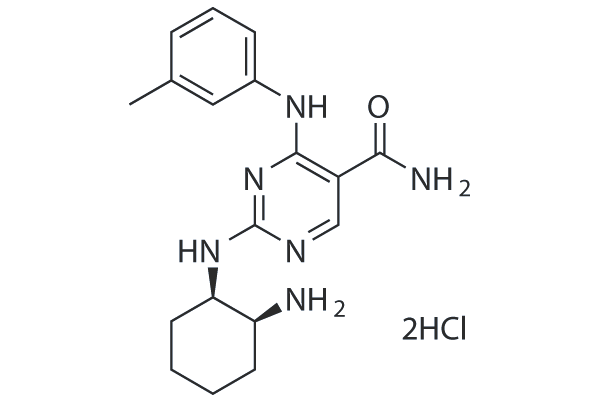
-
GC31819
PRT062607 (P505-15)
PRT062607 (P505-15)(P505-15; PRT-2607; BIIB-057) is a highly specific and potent inhibitor of Syk with IC50 of 1-2 nM; >80-fold selective for Syk than Fgr, Lyn, FAK, Pyk2 and Zap70.
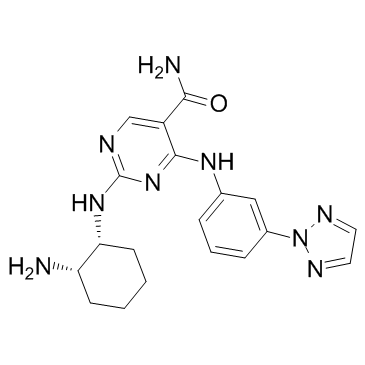
-
GC10499
PRT062607 Hydrochloride
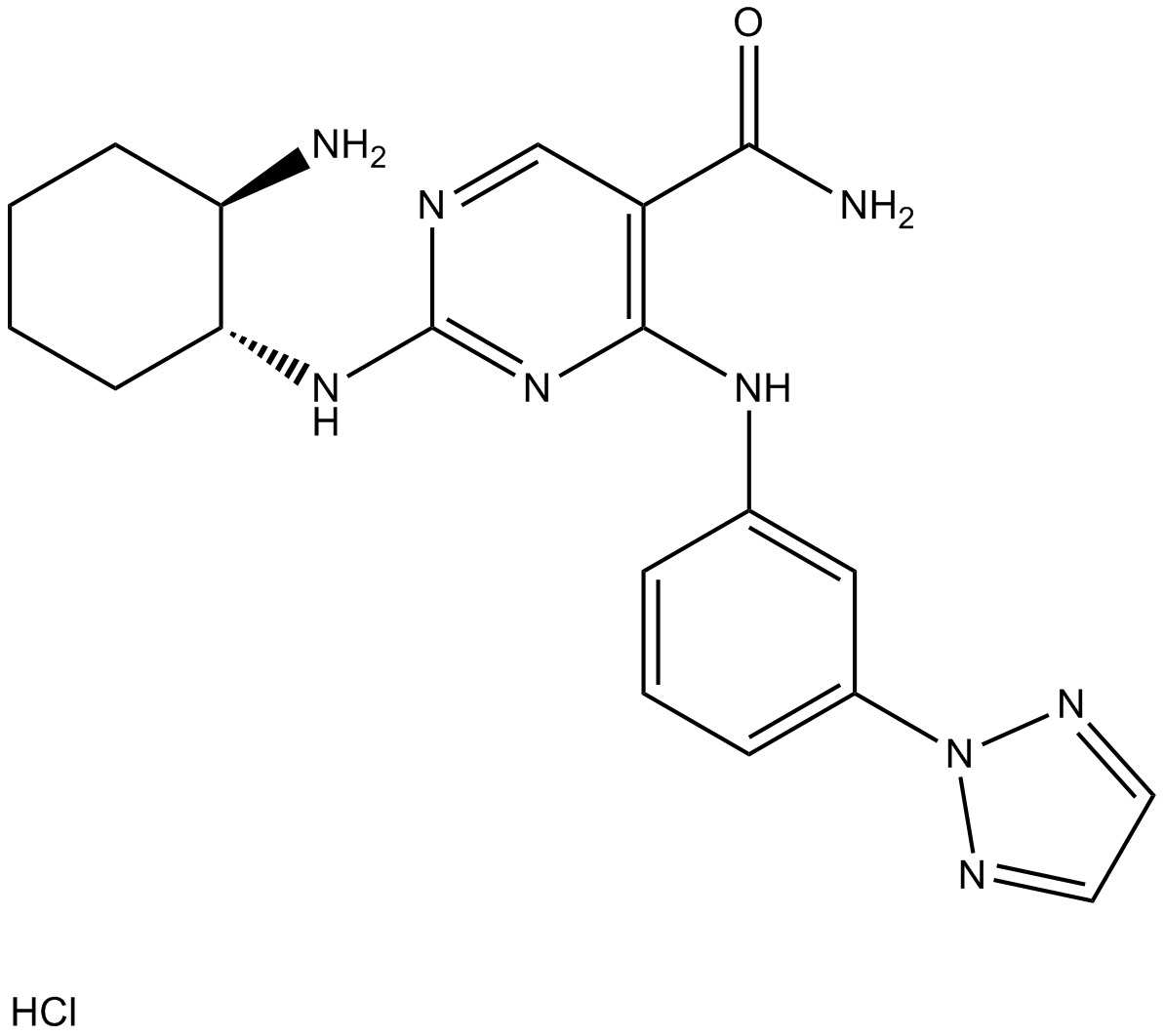
-
GC65335
PTC299
PTC299 is an orally active inhibitor of VEGFA mRNA translation that selectively inhibits VEGF protein synthesis at the post-transcriptional level. PTC299 is also a potent inhibitor of dihydroorotate dehydrogenase (DHODH). PTC299 shows good oral bioavailability and lack of off-target kinase inhibition and myelosuppression. PTC299 can be useful for the research of hematologic malignancies.
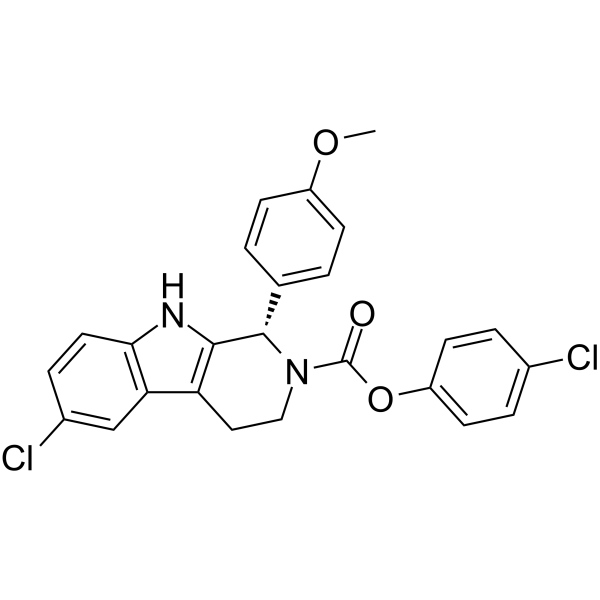
-
GC32733
Pyrotinib (SHR-1258)
Pyrotinib (SHR-1258) (SHR-1258) is a potent and selective EGFR/HER2 dual inhibitor with IC50s of 13 and 38 nM, respectively.
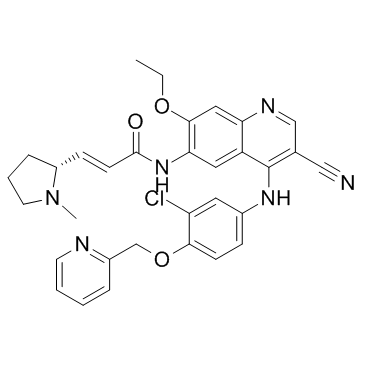
-
GC32989
Pyrotinib dimaleate (SHR-1258 dimaleate)
Pyrotinib dimaleate (SHR-1258 dimaleate) (SHR-1258 dimaleate) is a potent and selective EGFR/HER2 dual inhibitor with IC50s of 13 and 38 nM, respectively.
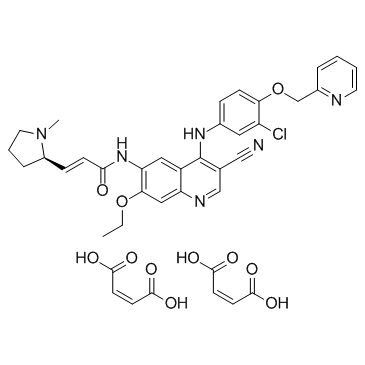
-
GC37047
Pz-1
Pz-1 is a potent RET and VEGFR2 inhibitor with IC50s of less than 1 nM for both wild type kinases.

-
GC17615
Quizartinib (AC220)
Quizartinib (AC220) (AC220) is an orally active, highly selective and potent second-generation type II FLT3 tyrosine kinase inhibitor, with a Kd of 1.6 nM. Quizartinib (AC220) inhibits wild-type FLT3 and FLT3-ITD autophosphorylation in MV4-11 cells with IC50s of 4.2 and 1.1 nM, respectively. Quizartinib (AC220) can be linked to the VHL ligand via an optimized linker to form a PROTAC FLT3 degrader. Quizartinib (AC220) induces apoptosis.
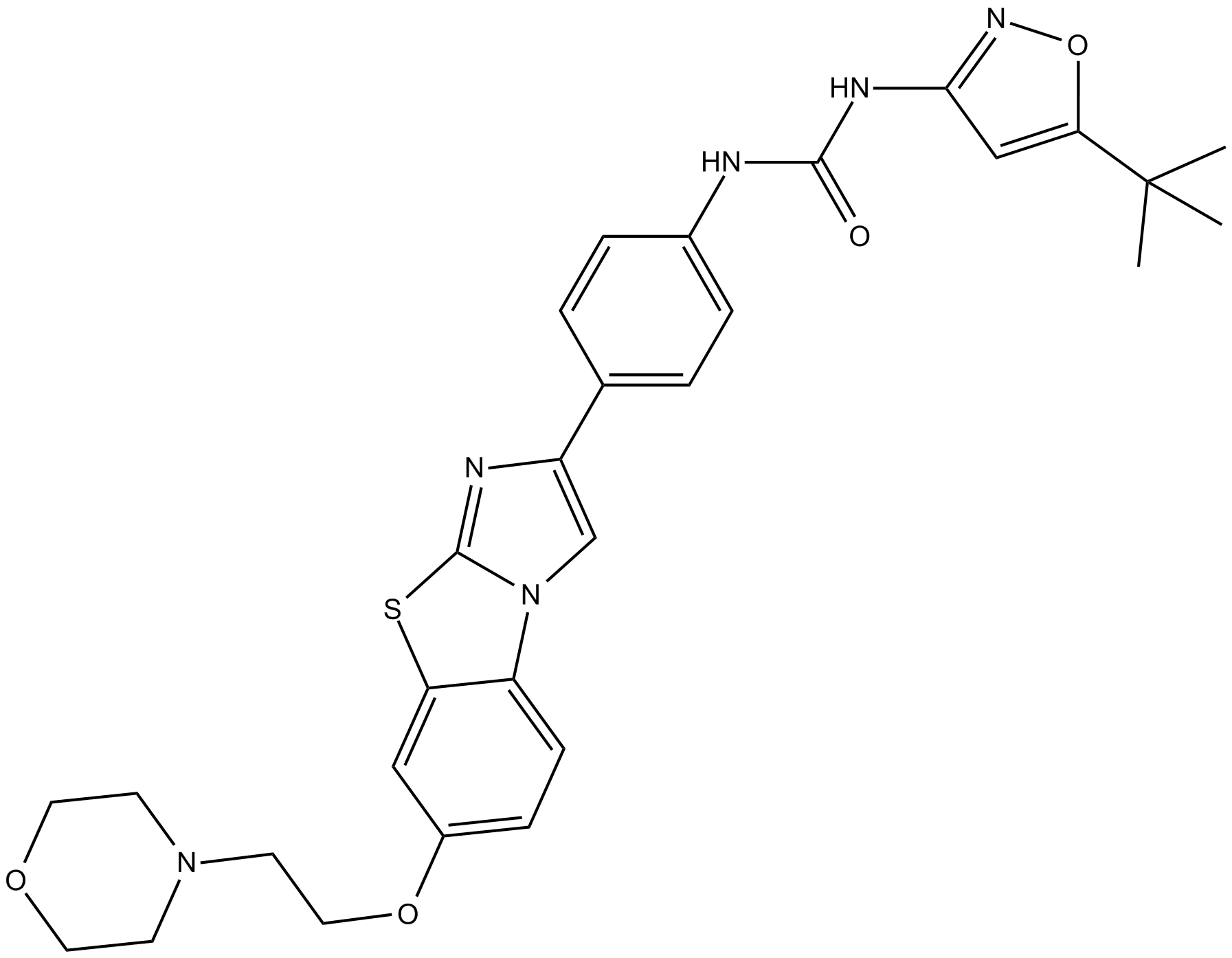
-
GC33874
R112
A Syk inhibitor
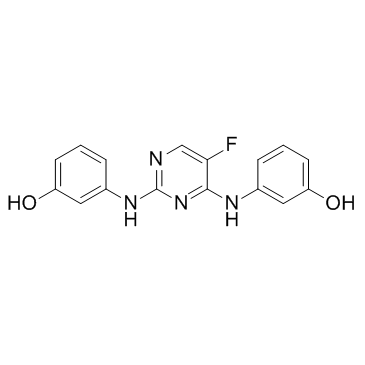
-
GC12857
R1530
A multi-kinase inhibitor
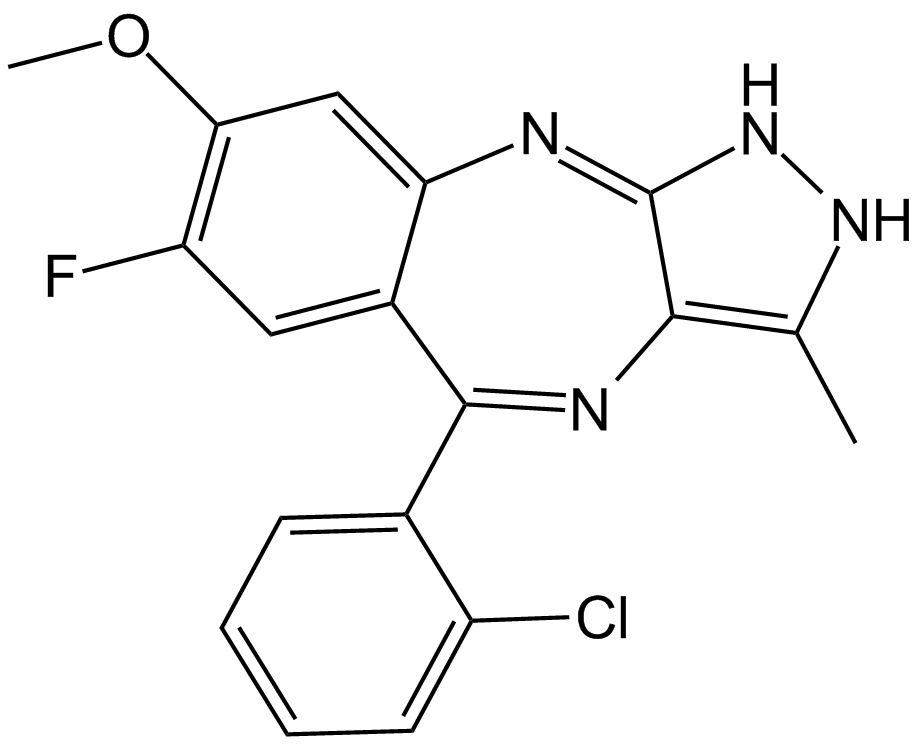
-
GC16796
R406
SYK inhibitor,potent and ATP-competitive
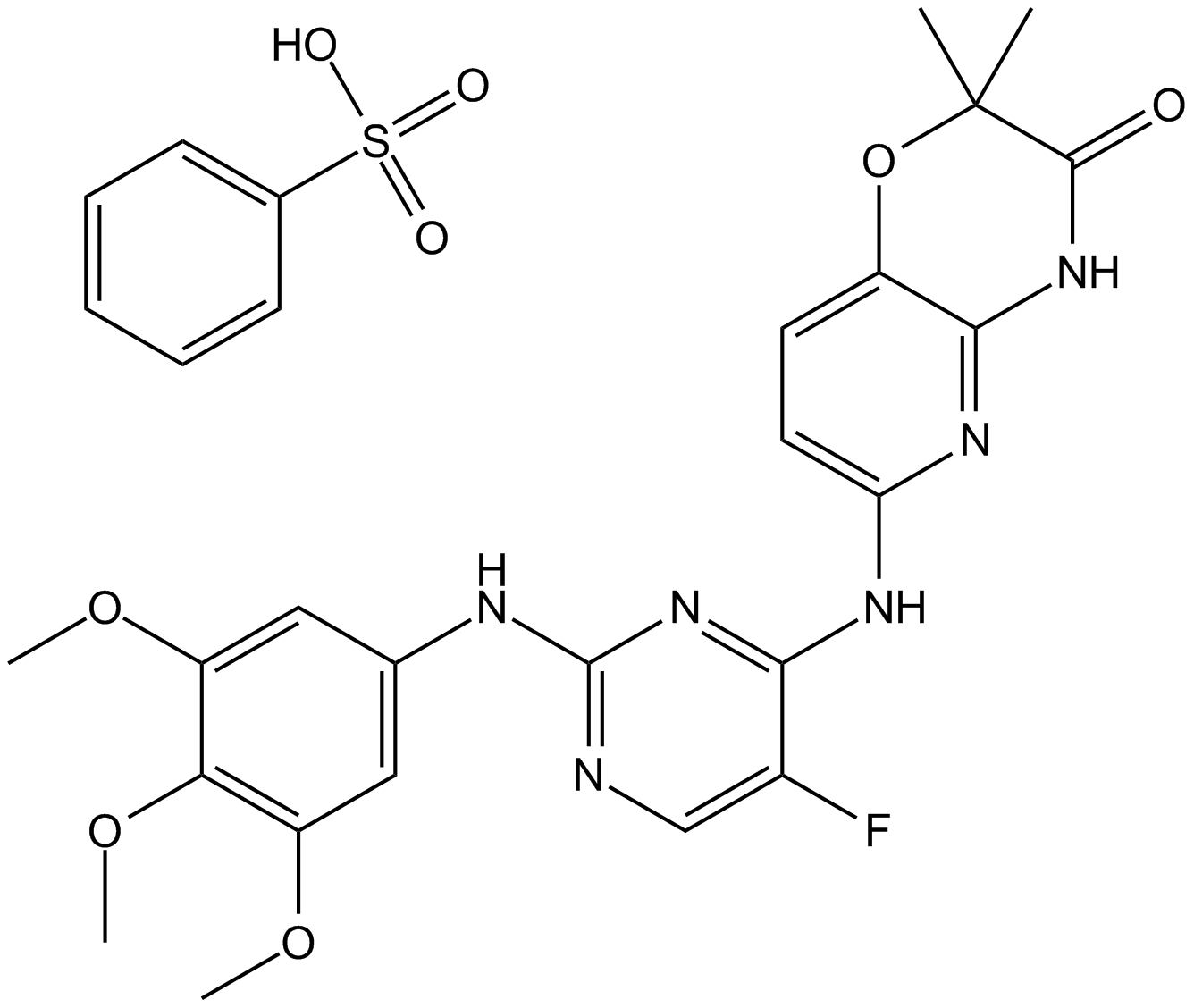
-
GC15658
R406(free base)
Syk inhibitor
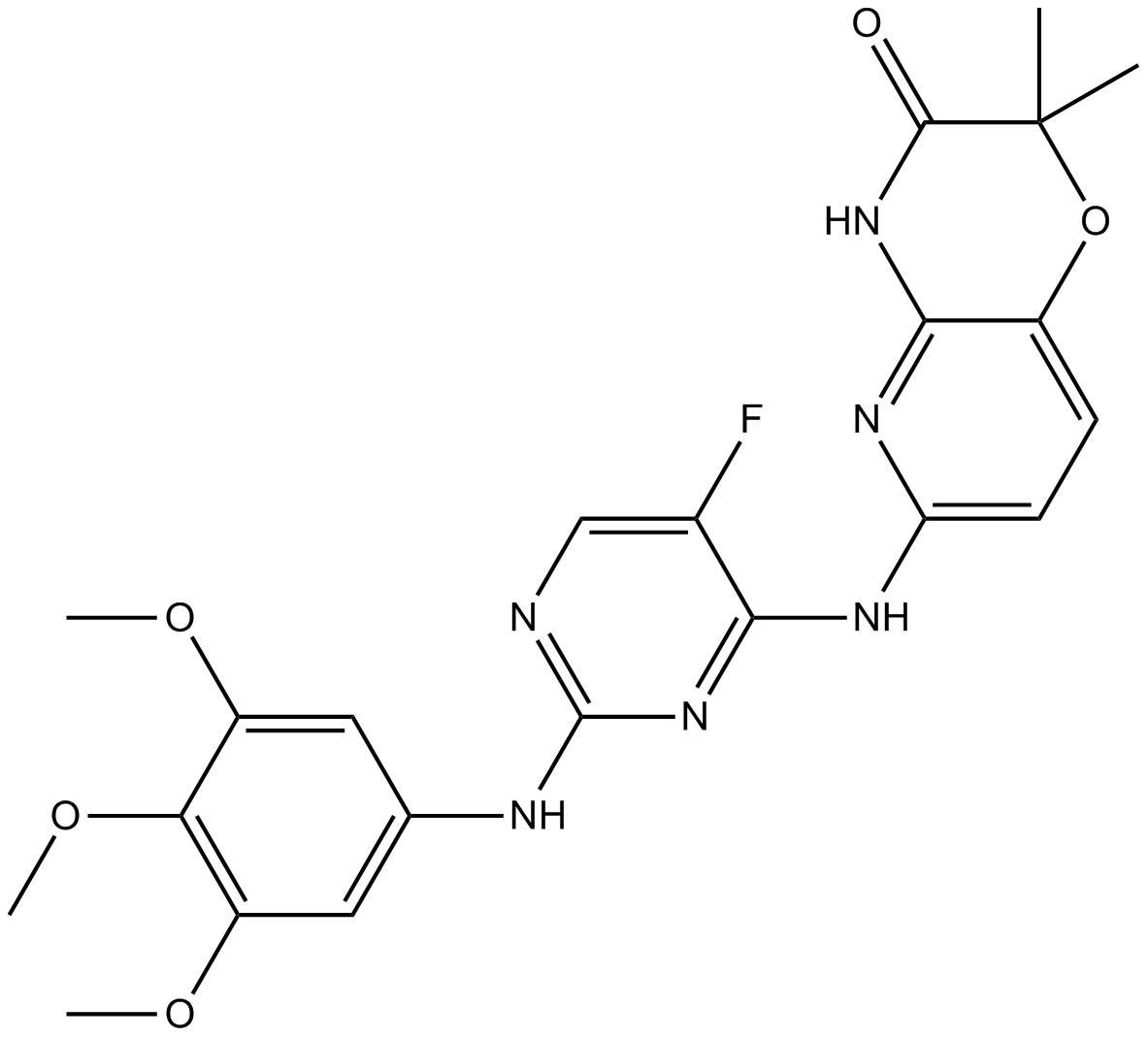
-
GC17618
R428
R428 (R428) is a potent and selective inhibitor of Axl with an IC50 of 14 nM.
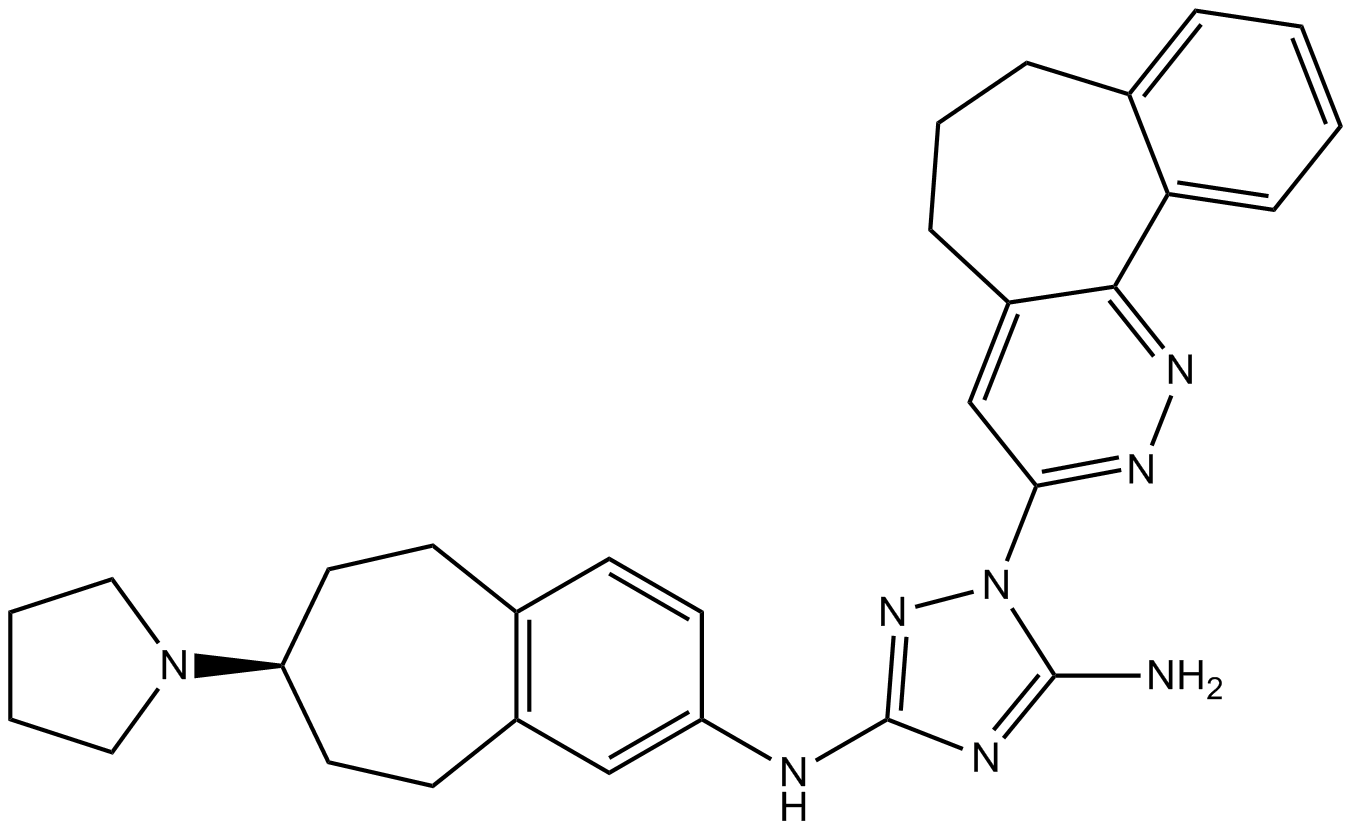
-
GC11811
R788 disodium
R788 disodium (R788 Disodium) is the oral prodrug of the active compound R406.
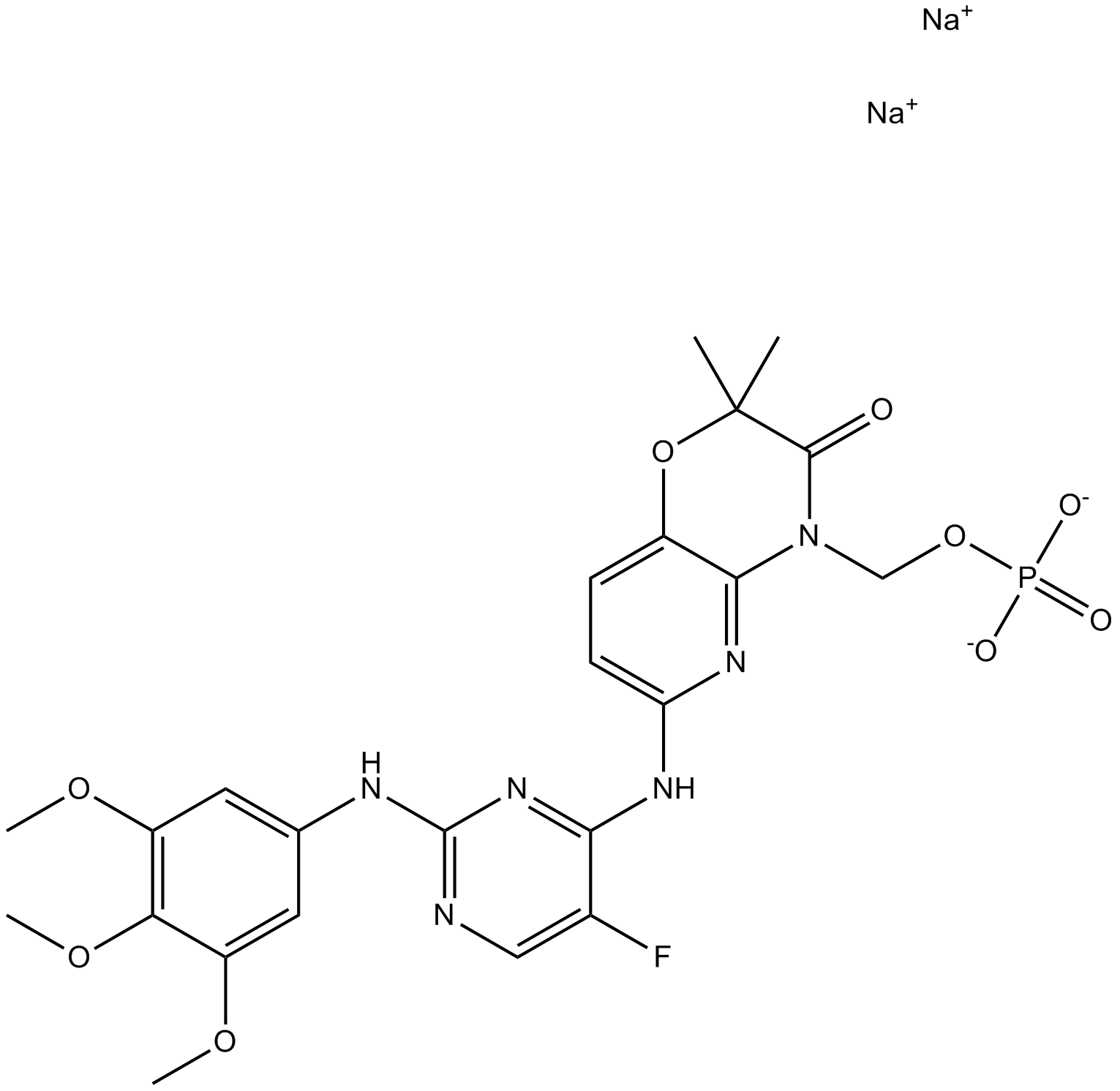
-
GC15709
R788 disodium hexahydrate
Fostamatinib (R788) disodium hexahydrate is the oral prodrug of the active compound R406.
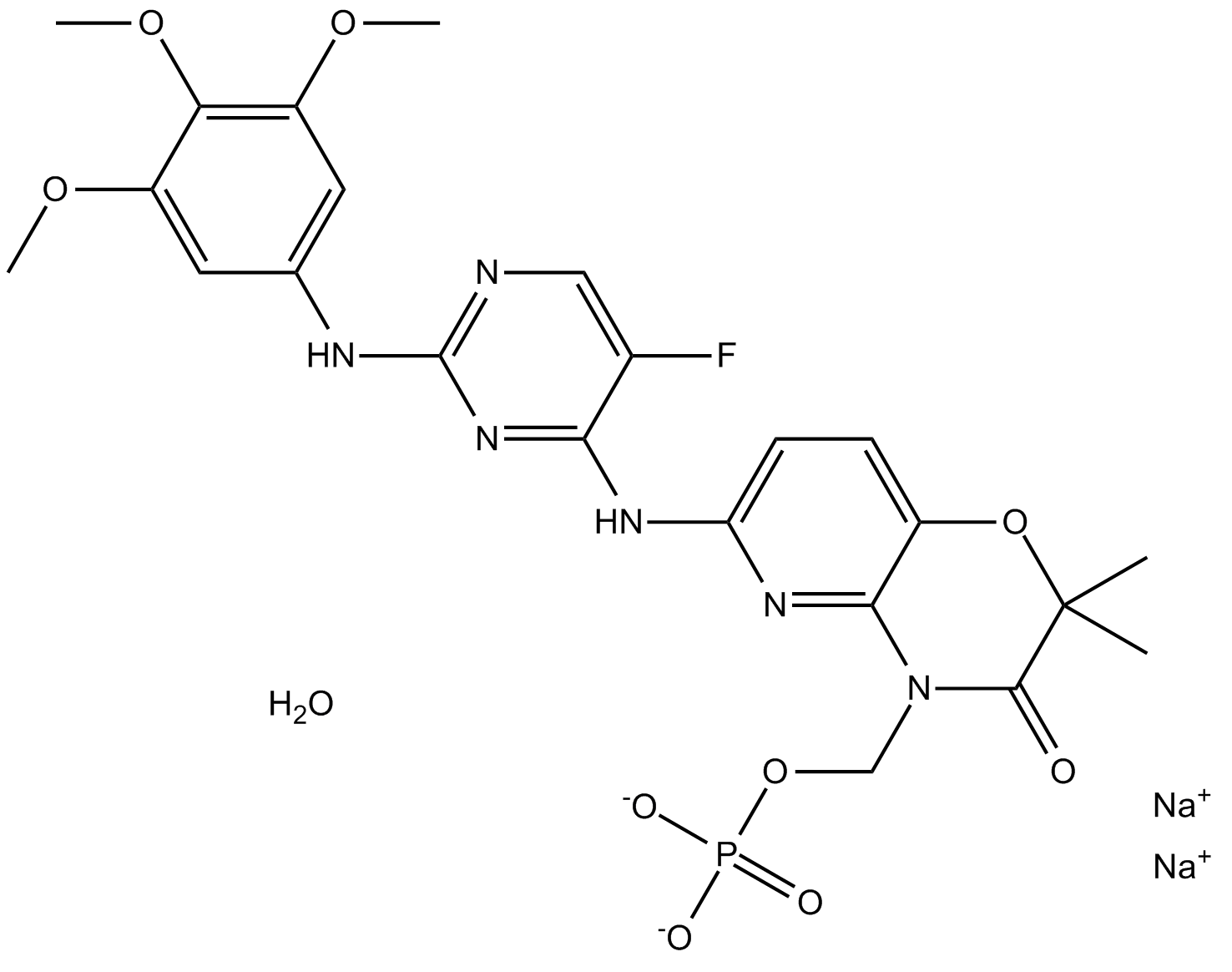
-
GC33271
R916562
R916562 is an orally active and selective Axl/VEGF-R2 inhibitor with IC50s of 136 nM and 24 nM, respectively. R916562 has anti-angiogenesis and anti-metastasis.
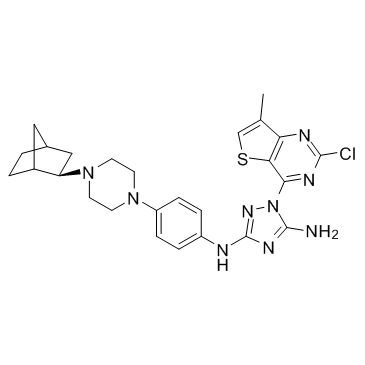
-
GC11140
Radotinib(IY-5511)
Bcr-Abl tyrosine kinase inhibitor
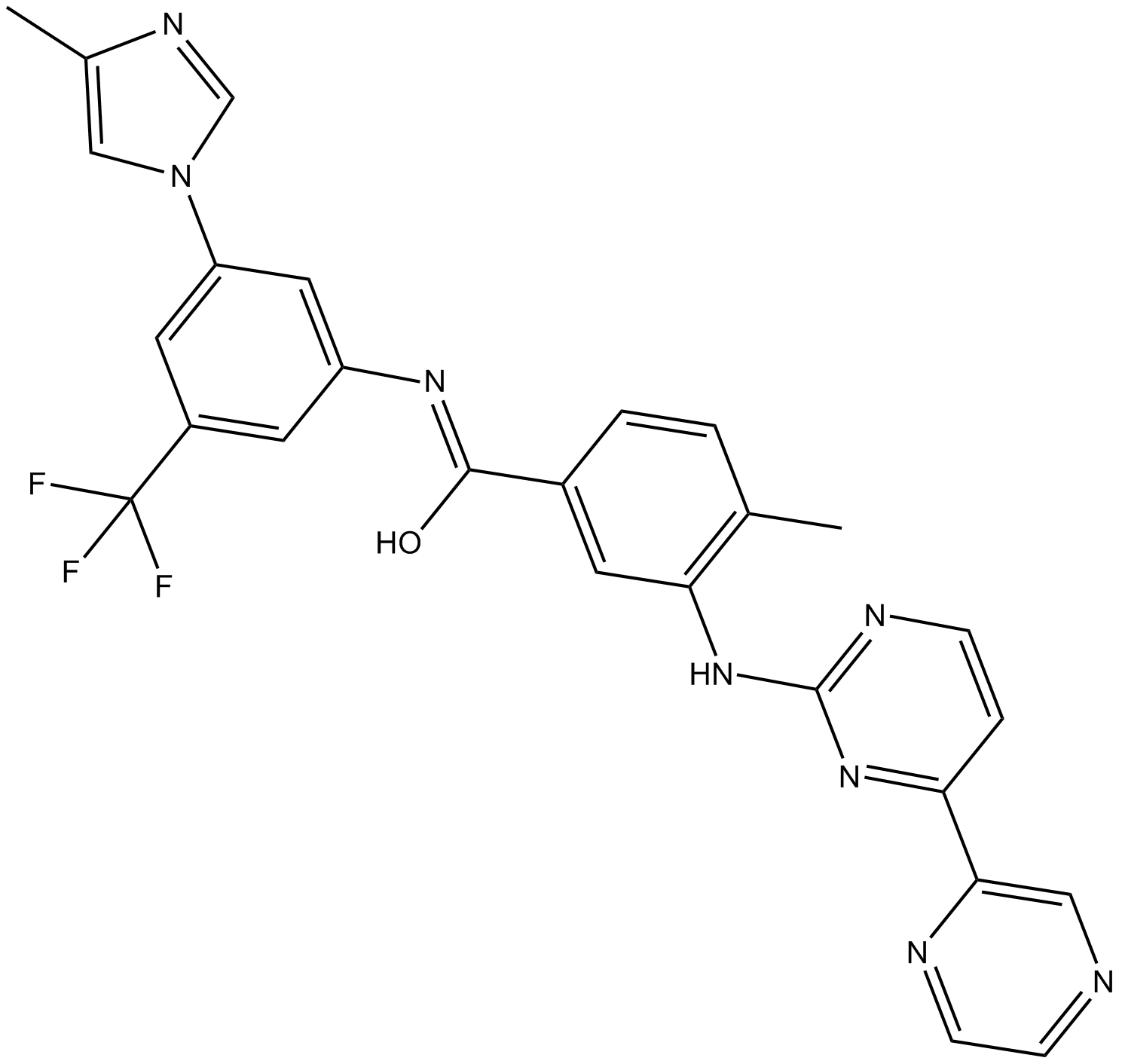
-
GC15818
RAF265
Multiple intracellular kinases inhibitor
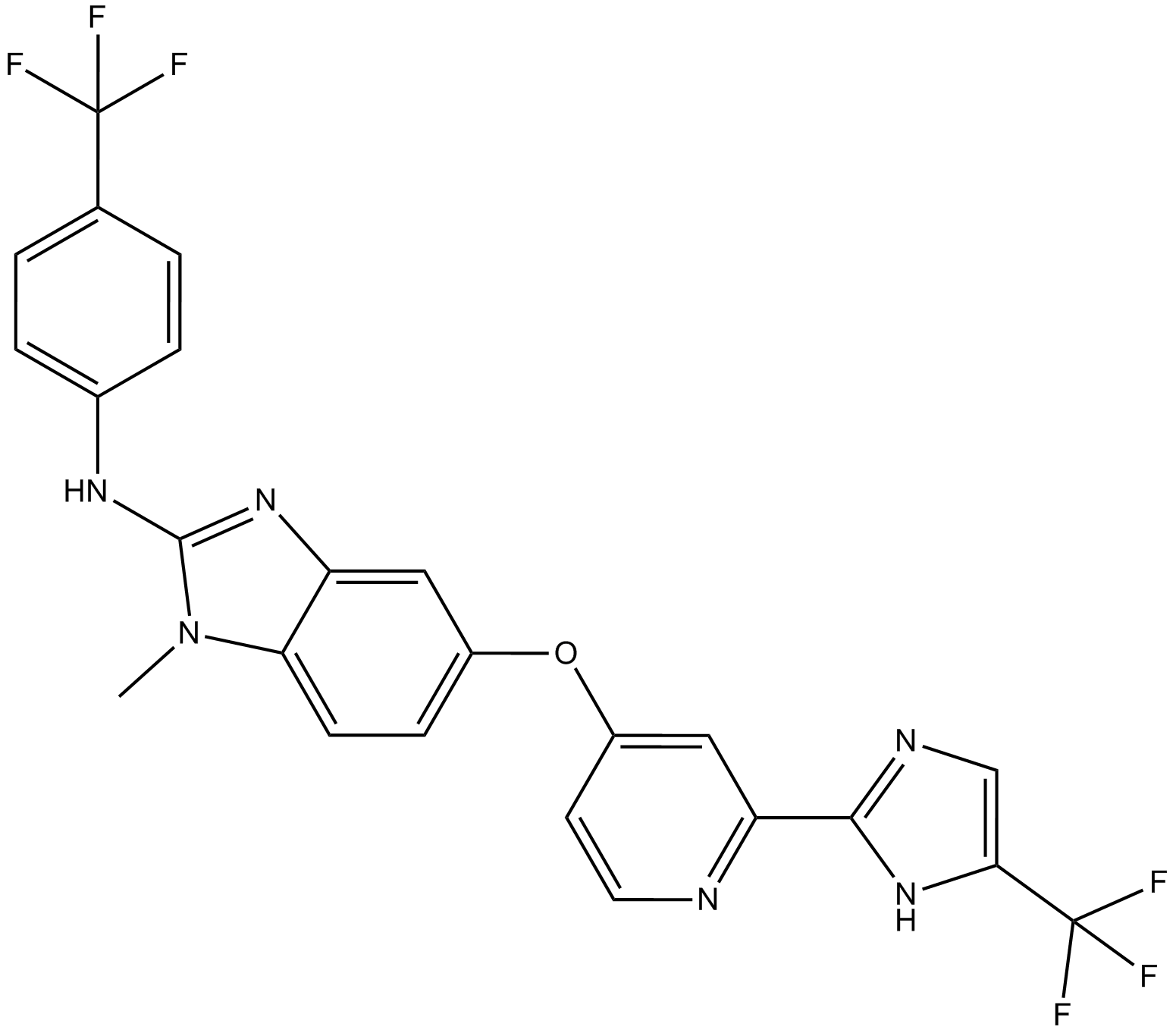
-
GC19534
Ramucirumab
Ramucirumab is a fully human monoclonal antibody (IgG1).

-
GC44806
Ras Inhibitory Peptide
Son of sevenless homolog 1 (Sos1) is a guanine nucleotide exchange factor (GEF) that directs the exchange of Ras-GDP to Ras-GTP by binding to SH3 domains of the growth factor receptor-bound protein 2 (Grb2), leading to the activation of ERK.

-
GC10111
Regorafenib
A multi-kinase inhibitor
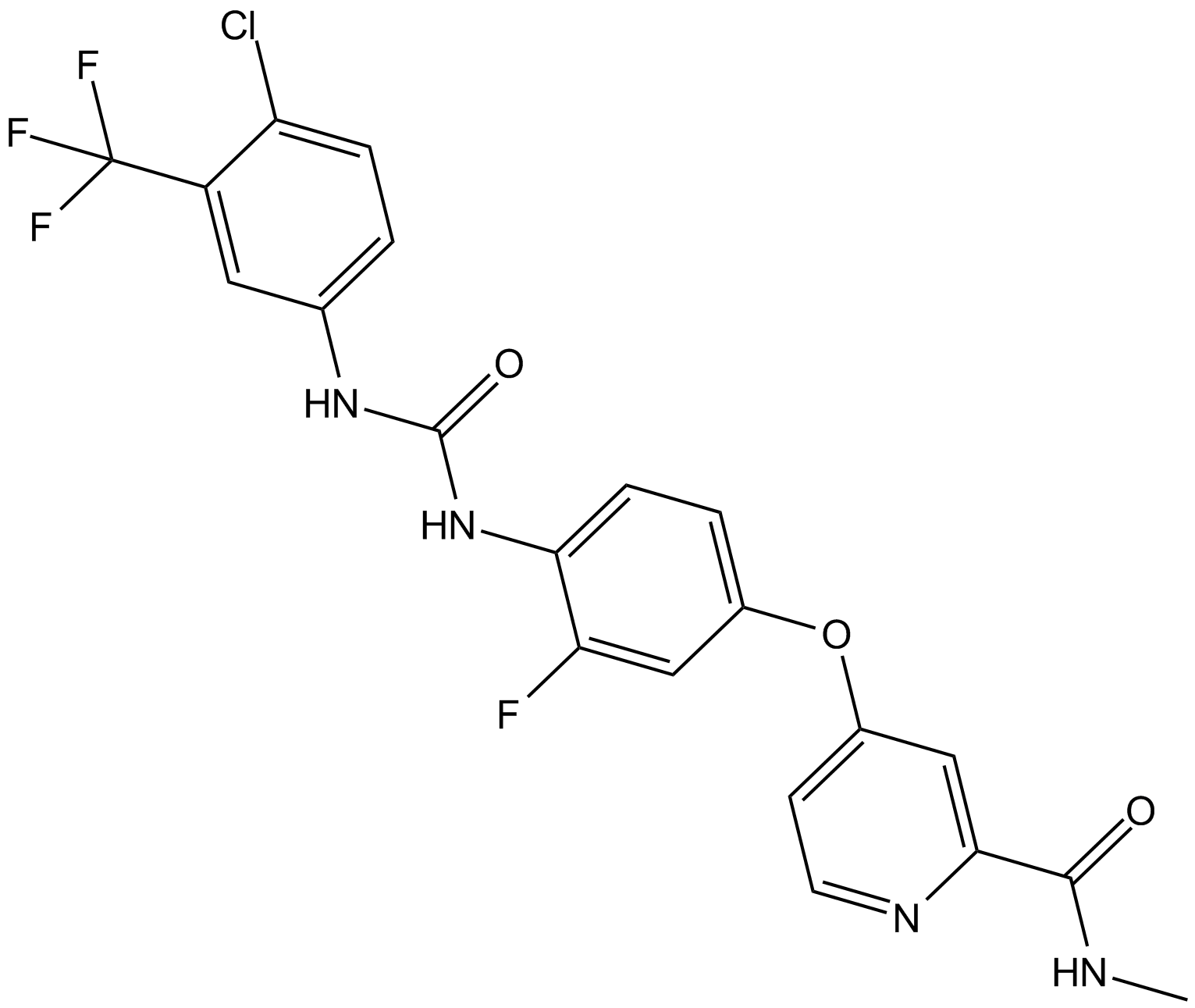
-
GC14606
Regorafenib hydrochloride
A multi-kinase inhibitor
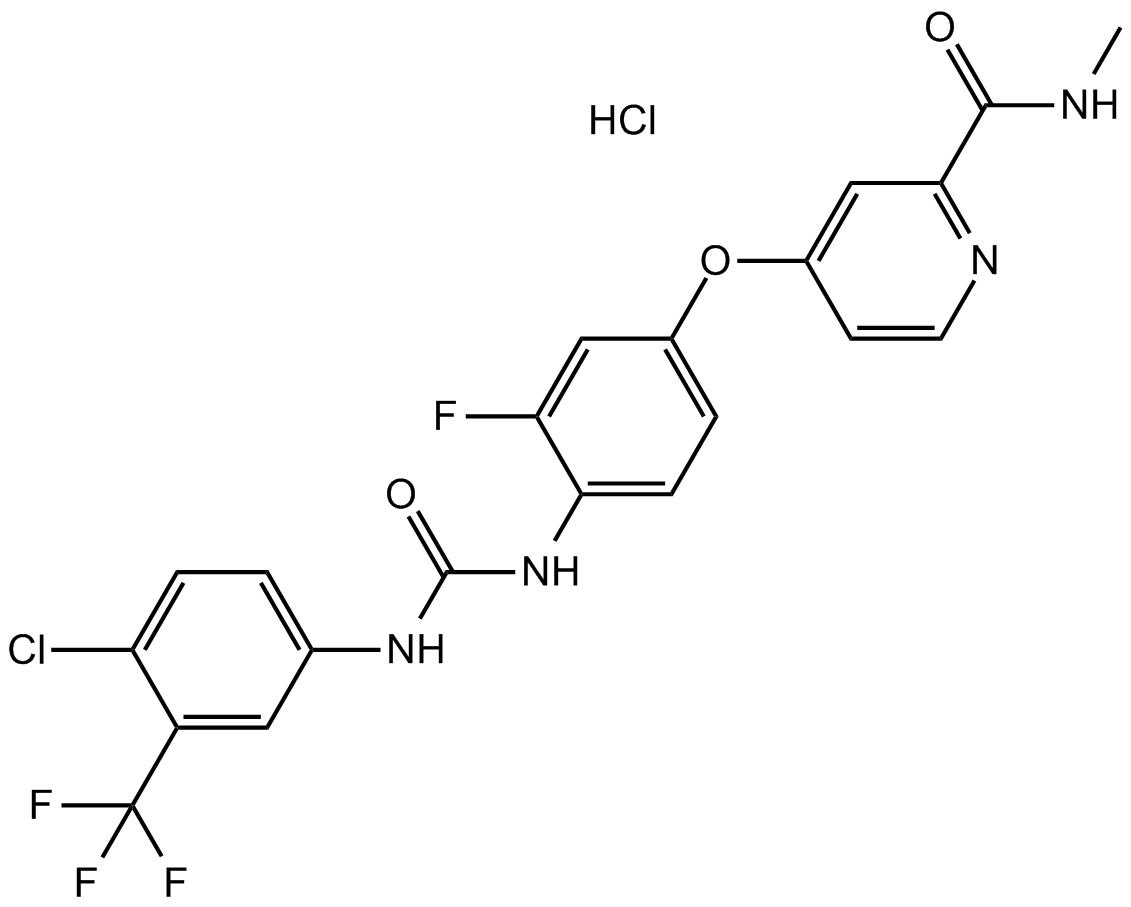
-
GC14534
Regorafenib monohydrate
A multi-kinase inhibitor
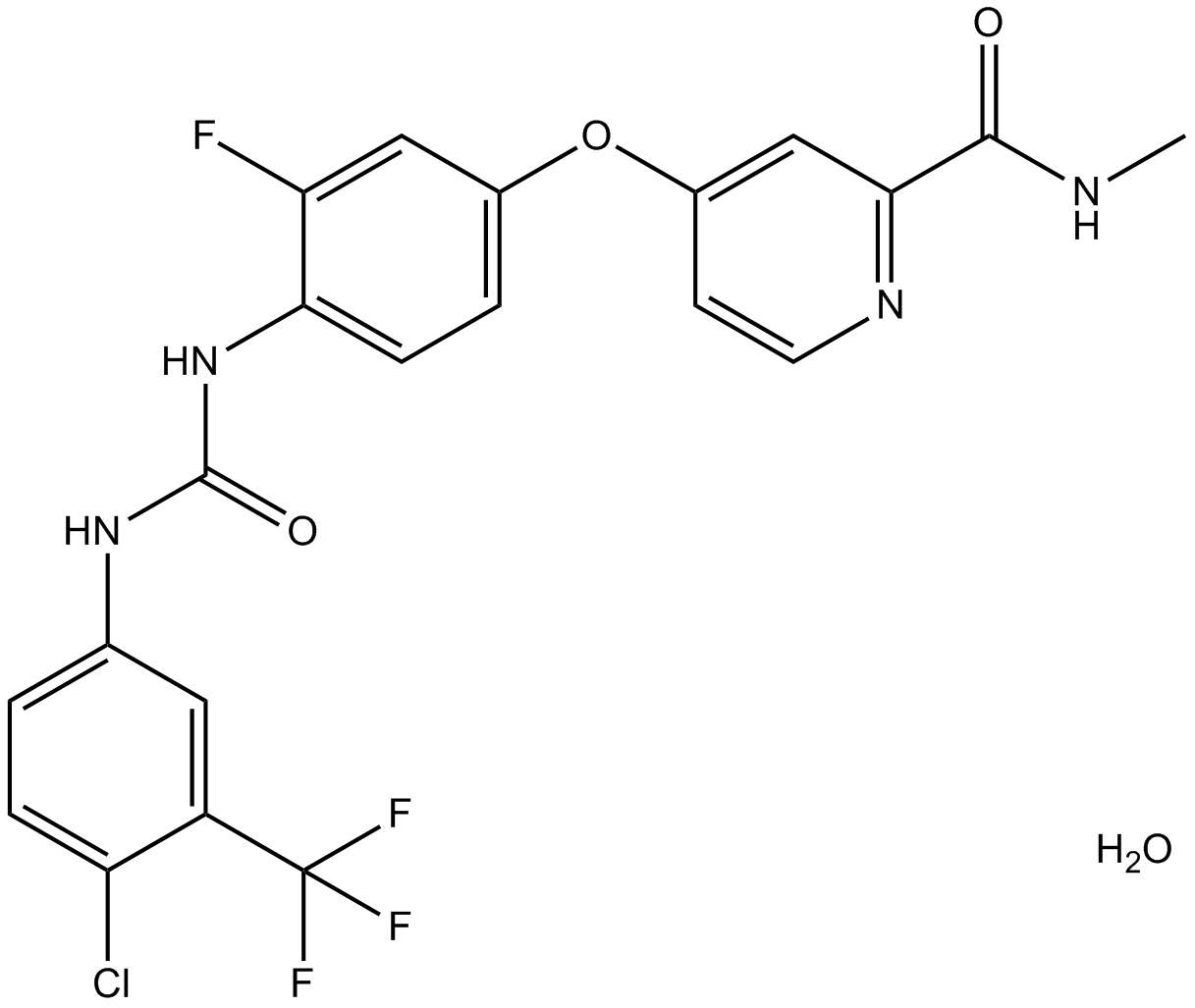
-
GC40213
Regorafenib-13C-d3
Regorafenib-13C-d3 is intended for use as an internal standard for the quantification of regorafenib by GC- or LC-MS.

-
GC64895
Regorafenib-d3
Regorafenib D3 (BAY 73-4506 D3) is a deuterium labeled Regorafenib. Regorafenib is a multi-targeted receptor tyrosine kinase inhibitor.
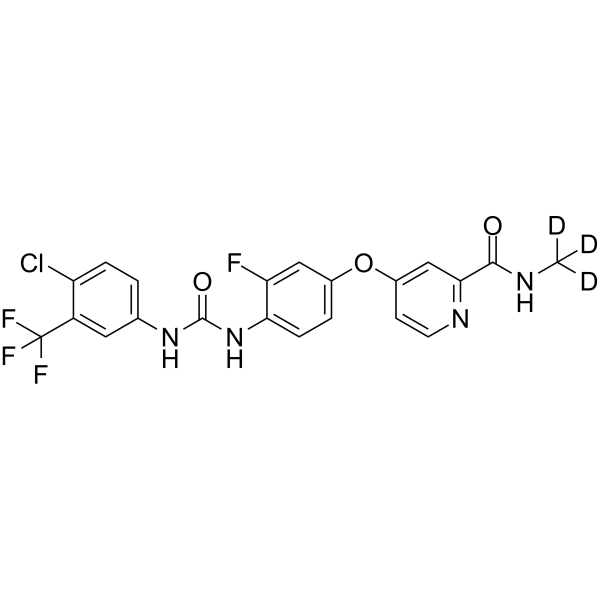
-
GC19362
Repotrectinib
TPX-0005 is a potent ALK/ROS1/TRK inhibitor, with IC50 of 5.3 nM, 1.01 nM, 1.26 nM and 1.08 nM for SRC, WT ALK, ALK G1202R and ALK L1196M, respectively.
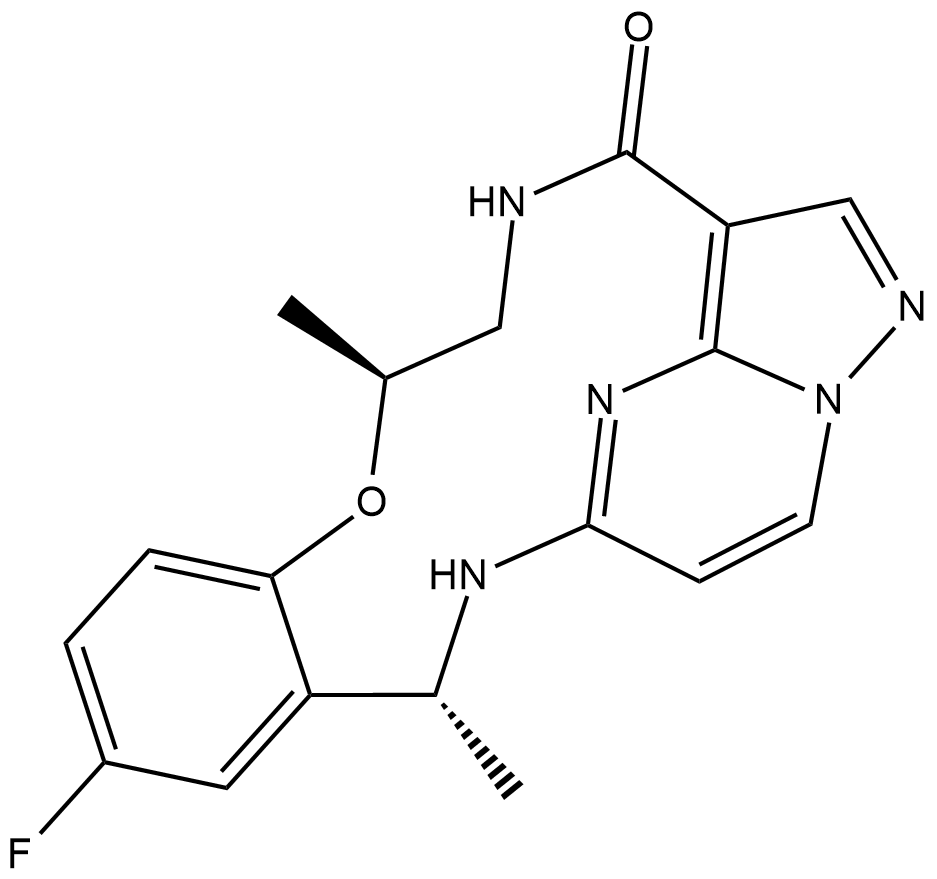
-
GC67917
RET-IN-7
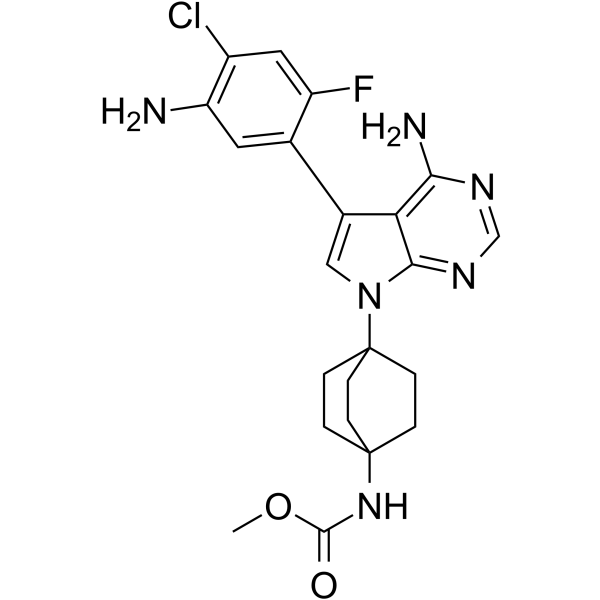
-
GC41467
Reveromycin D
Reveromycin D is a bacterial metabolite originally isolated from Streptomyces.

-
GC62341
Rezivertinib
Rezivertinib (BPI-7711) is an orally active, highly selective and irreversible third-generation EGFR tyrosine kinase inhibitor (TKI). Rezivertinib exhibits high potency against the common activation EGFR and the resistance T790M mutations. Rezivertinib has excellent central nervous system (CNS) penetration and has antitumor activity.
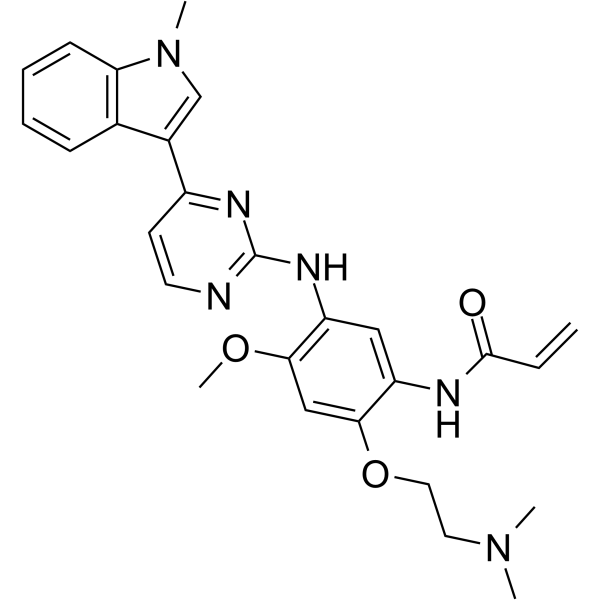
-
GC12038
RG 13022
EGFR tyrosine kinase inhibitor
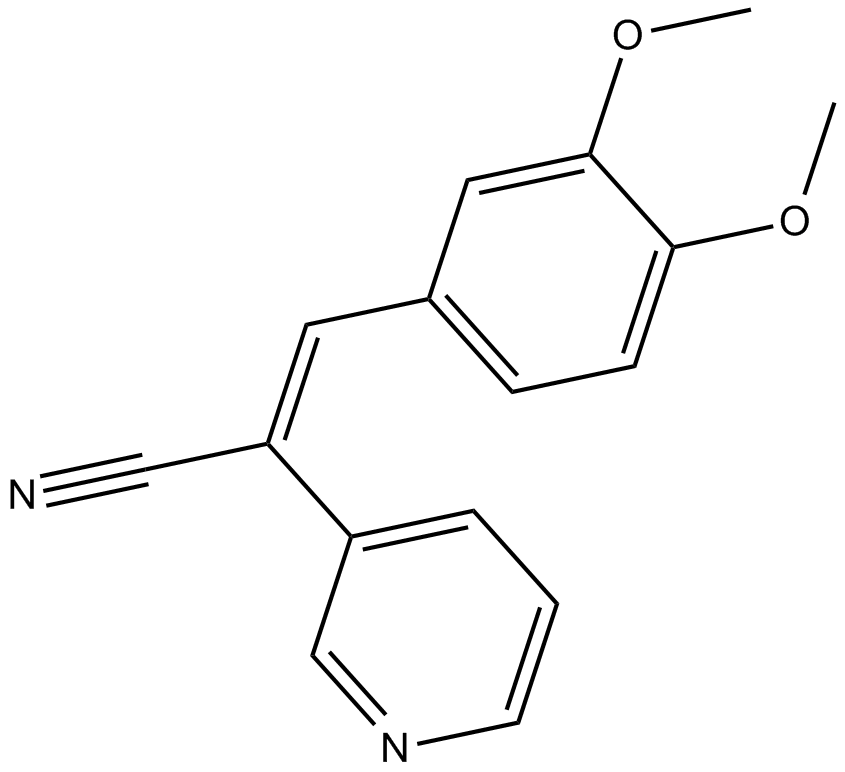
-
GC10217
RG-14620
inhibitor of epidermal growth factor (EGF) receptor kinase
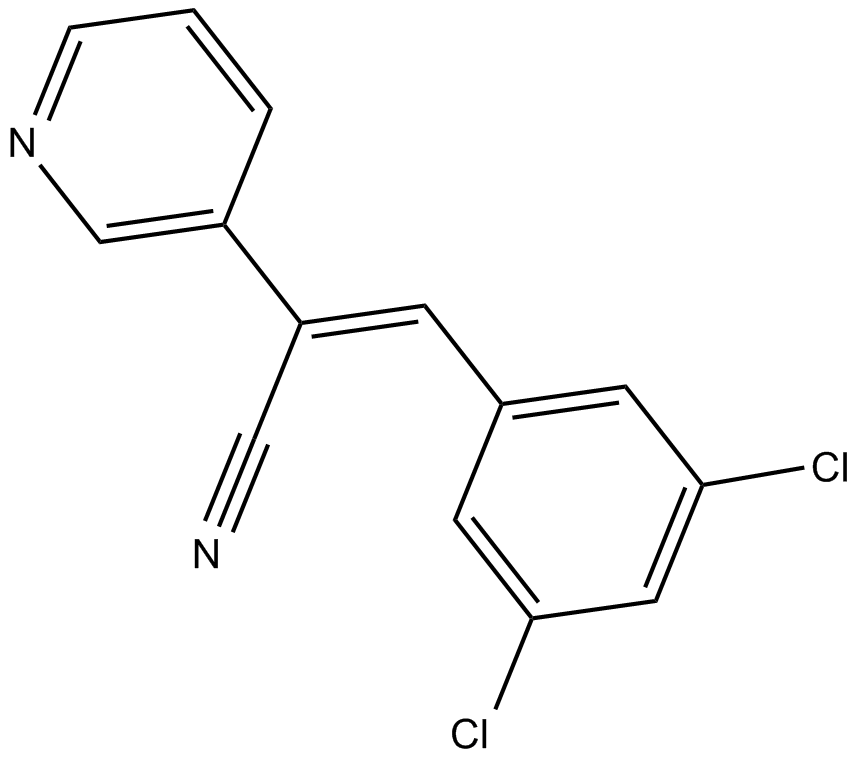
-
GN10784
Rhoifolin
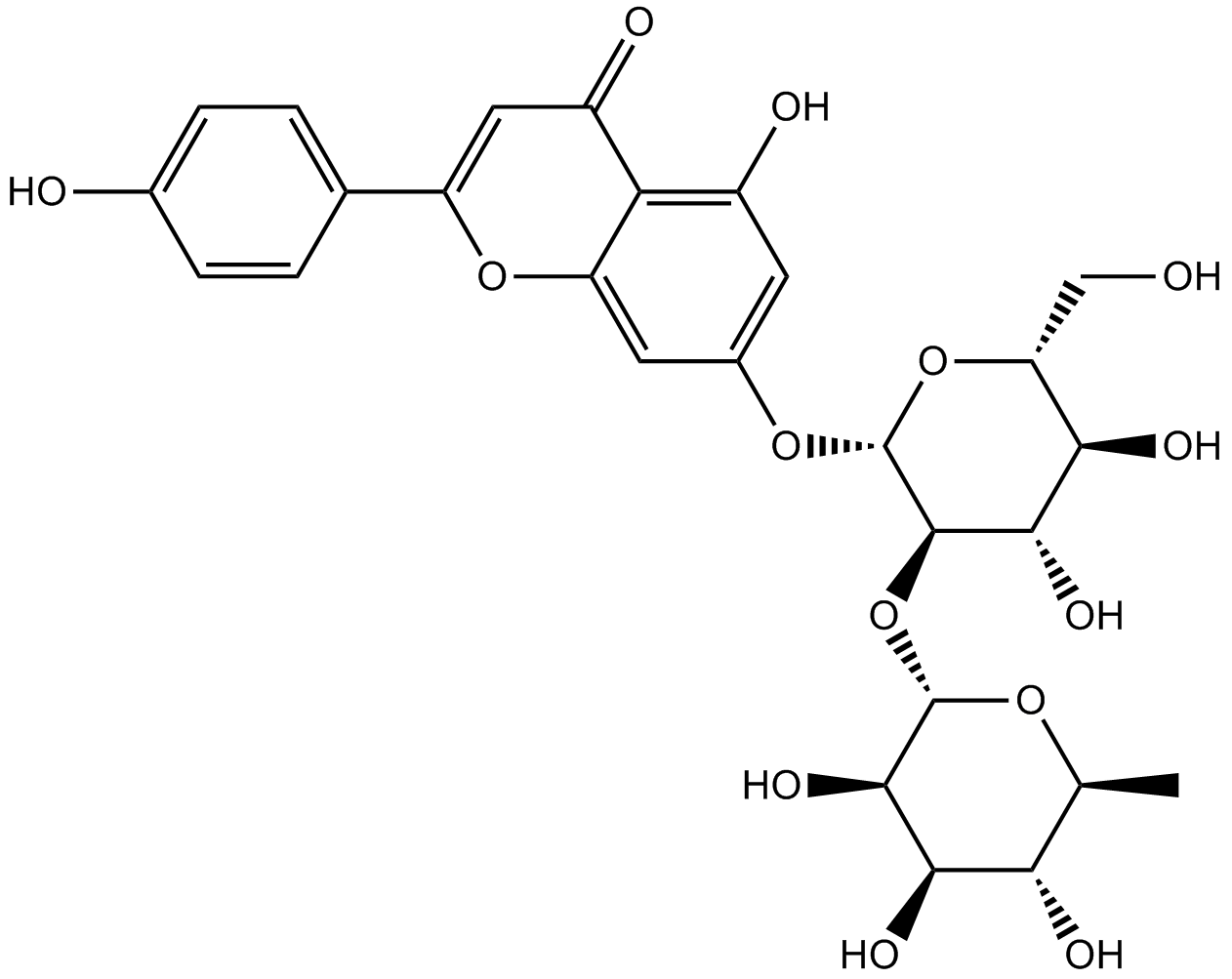
-
GC69817
Rilotumumab
Rilotumumab (AMG 102) is a monoclonal antibody that targets the hepatocyte growth factor (HGF), inhibiting HGF/MET-driven signaling. Rilotumumab has anti-tumor activity and is being studied for use in castration-resistant prostate cancer (CRPC) and solid tumors.
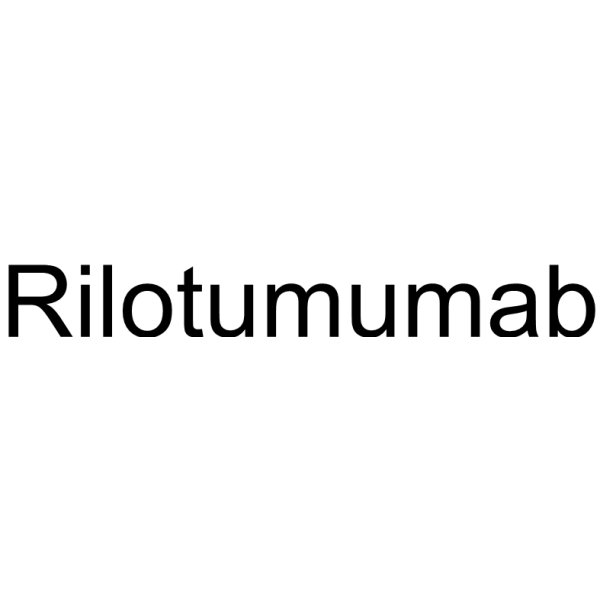
-
GC37538
Ripretinib
Ripretinib (DCC-2618) is an orally bioavailable, selective KIT and PDGFRA switch-control inhibitor. Ripretinib (DCC-2618) targets and binds to both wild-type and mutant forms of KIT and PDGFRA specifically at their switch pocket binding sites, thereby preventing the switch from inactive to active conformations of these kinases and inactivating their wild-type and mutant forms. Ripretinib (DCC-2618) also inhibits multiple other kinase targets, such as FLT3 and KDR (or VEGFR-2). DCC-2618 exerts antineoplastic effect and induces apoptosis.
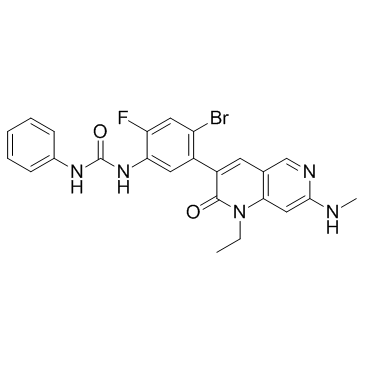
-
GC40547
RK-20448
RK-20448 is an ATP-competitive inhibitor of Lck, Src, KDR/VEGF2R, and Tie-2 (IC50s = 0.24, 1.19, 10.74, and 5.85 μM, respectively).

-
GC31701
RK-24466 (KIN 001-51)
RK-24466 (KIN 001-51) (KIN 001-51) is a potent and selective Lck inhibitor; inhibits Lck (64-509) and LckCD isoforms with IC50s of less than 1 and 2 nM, respectively.
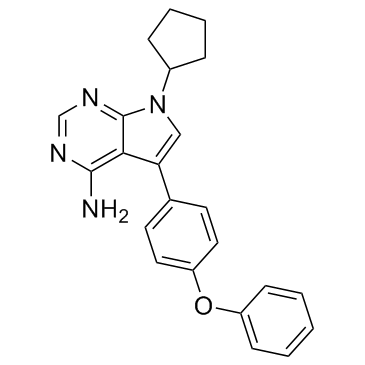
-
GC17622
Ro 08-2750
antagonist of nerve growth factor (NGF)
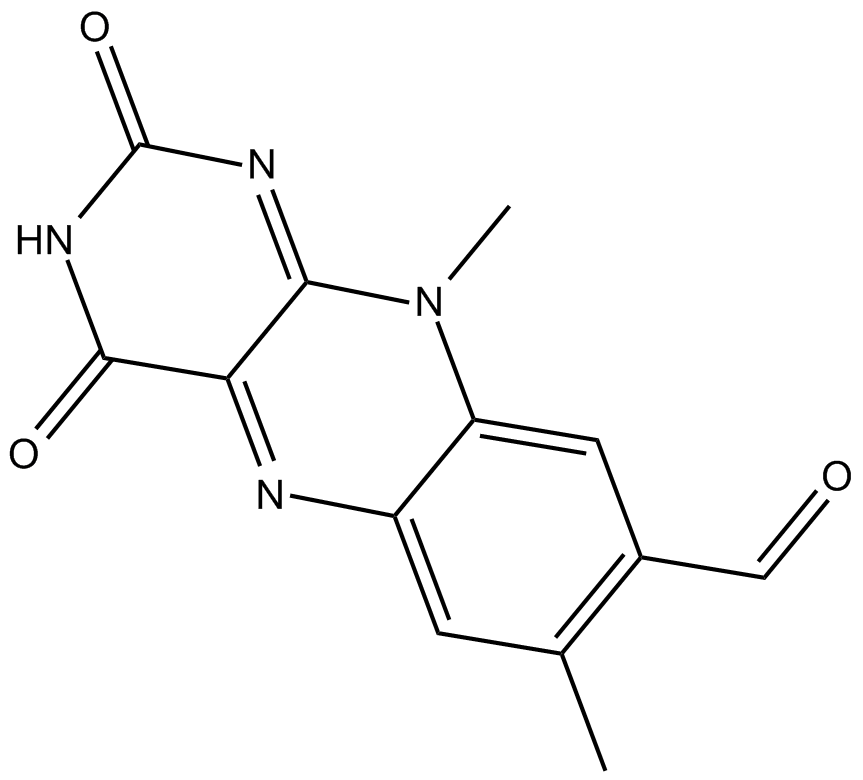
-
GC15466
RO9021
Syk inhibitor
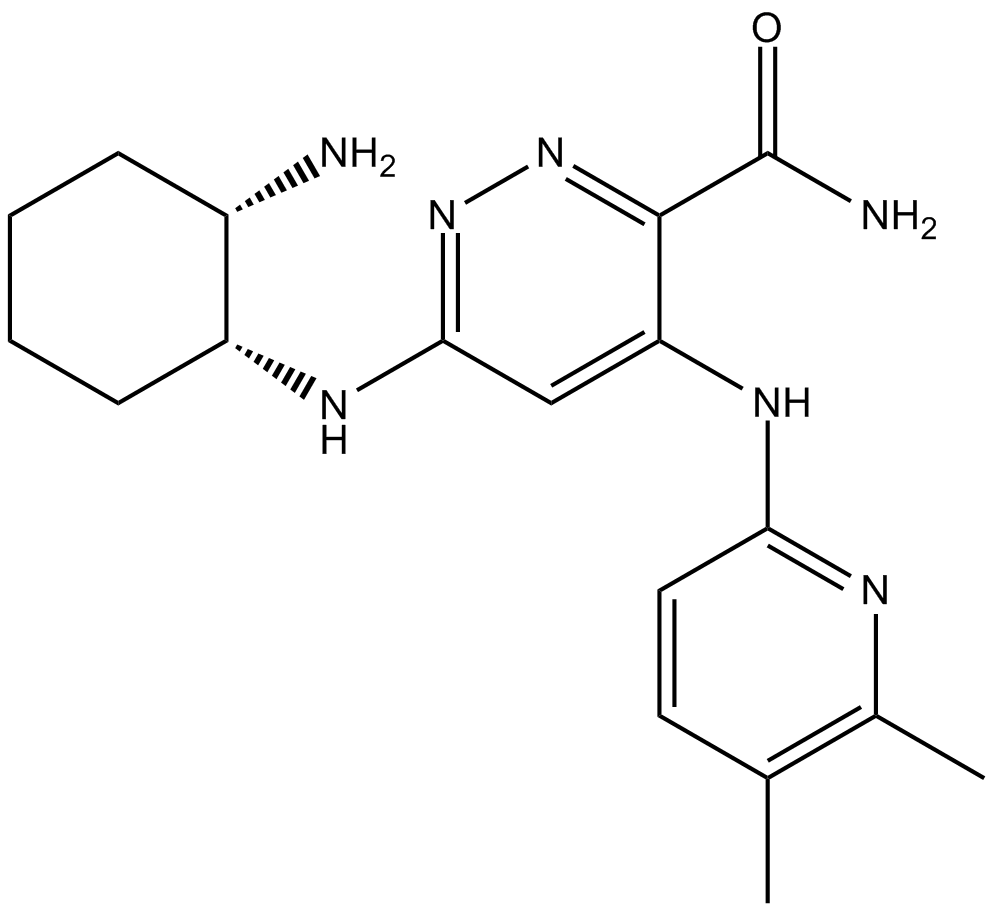
-
GC69825
Robatumumab
Robatumumab (Sch 717454) is an anti-human IGF-1R (insulin-like growth factor 1 receptor) antibody. Robatumumab has anti-tumor activity and anti-cancer cell proliferation activity. Robatumumab can be used for research on osteosarcoma and Ewing's sarcoma.

-
GC19154
Roblitinib
Roblitinib (FGF-401) is a 1,8-naphthyridine pyridine derivative
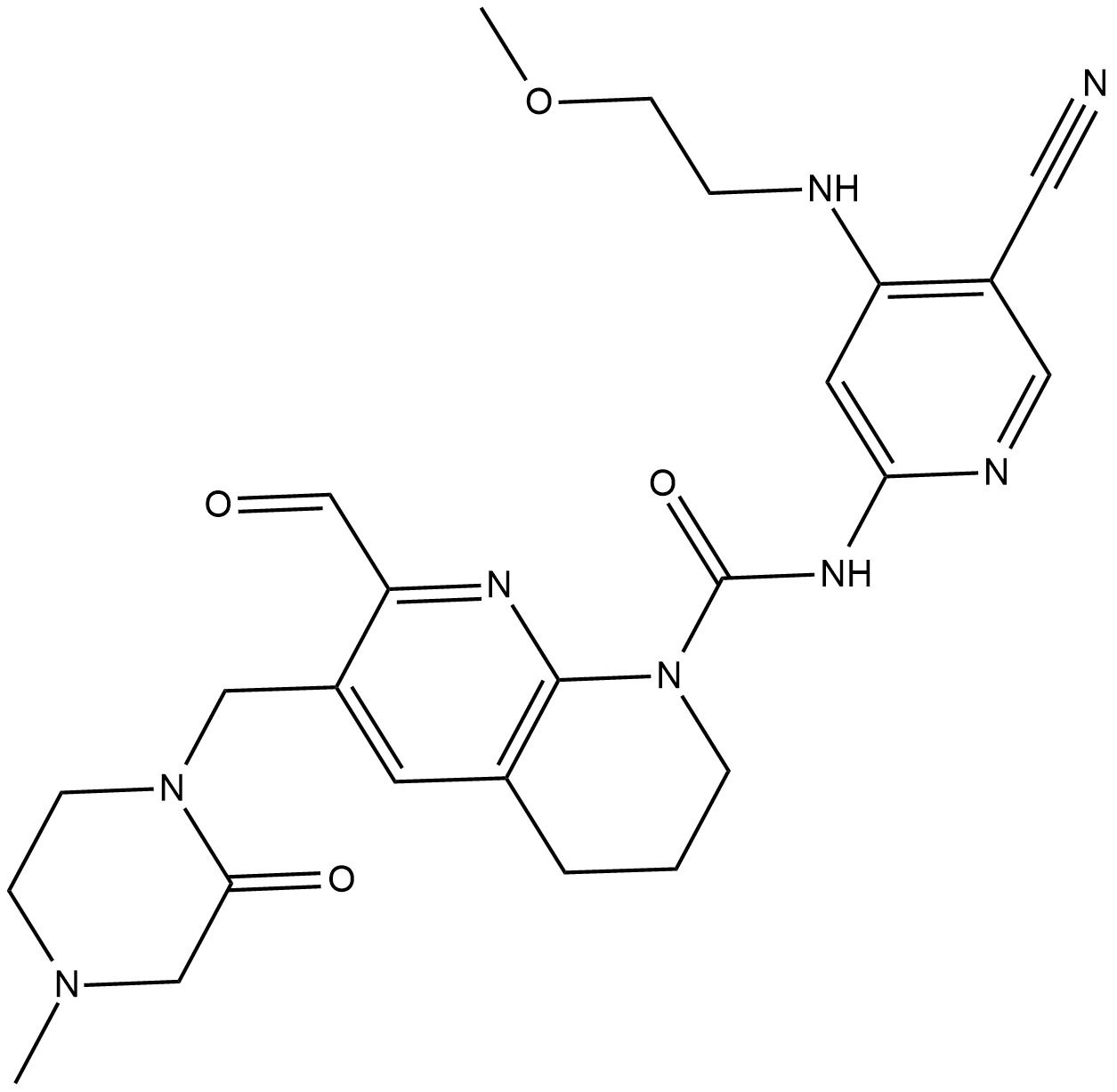
-
GC33061
Rociletinib hydrobromide (CO-1686 (hydrobromide))
Rociletinib hydrobromide (CO-1686 (hydrobromide)) (CO-1686 hydrobromide) is an orally delivered kinase inhibitor that specifically targets the mutant forms of EGFR including T790M, and the Ki values for EGFRL858R/T790M and EGFRWT are 21.5 nM and 303.3 nM, respectively.
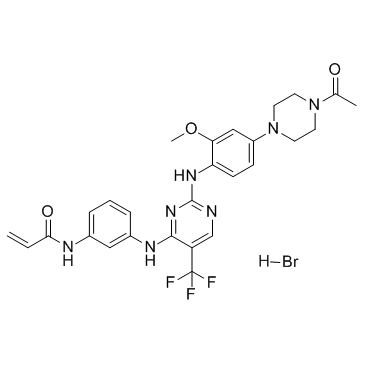
-
GC34067
Rogaratinib (BAY1163877)
Rogaratinib (BAY1163877) (BAY1163877) is a potent and selective fibroblast growth factor receptor (FGFR) inhibitor.
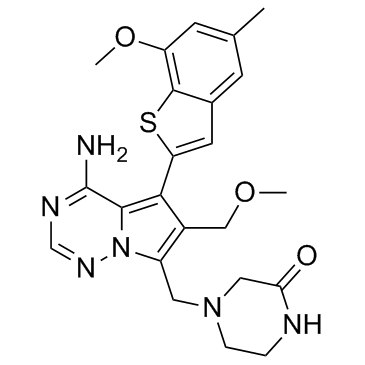
-
GC37556
ROR agonist-1
ROR agonist-1 is a potent and orally bioavailable inverse agonist of the retinoic acid receptor-related orphan receptor C2 (RORC2), inhibition of IL-17A production from human primary TH 17 cells with a pIC50 of 7.5.
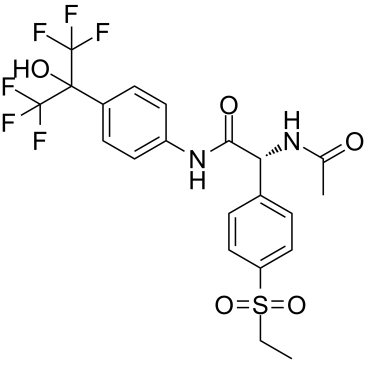
-
GC69830
RORγt agonist 3
RORγt agonist 2 is an effective RORγt activator. It promotes Th17 cell differentiation, increases pro-inflammatory cytokine levels, and enhances lymphocyte cytotoxicity. RORγt agonist 2 inhibits the production of regulatory T cells, thereby suppressing immune responses (extracted from patent WO2021136326A1, compound 23).
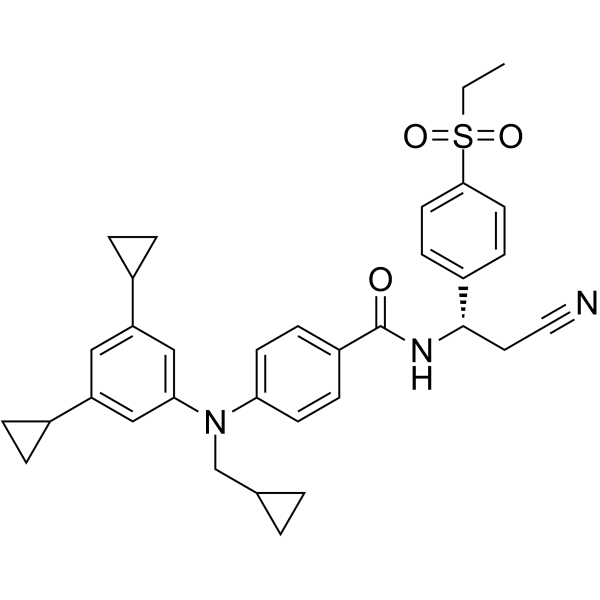
-
GC68411
RORγt Inverse agonist 10
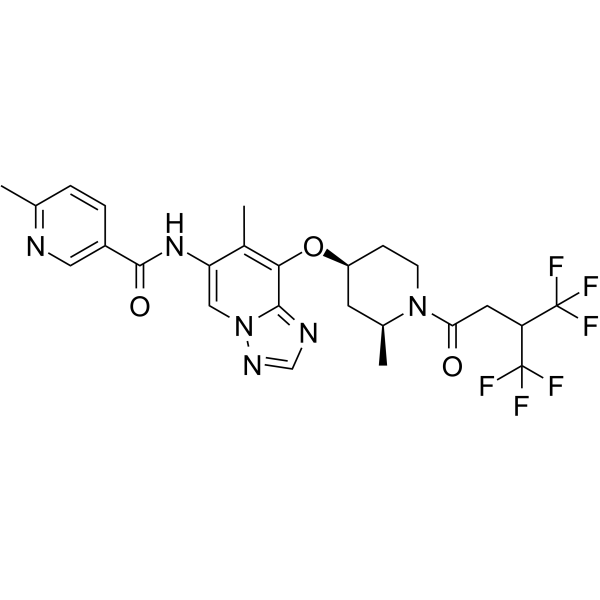
-
GC62349
RORγt inverse agonist 13
RORγt inverse agonist 13 (Compound 3i) is a potent, orally active and selective RORγt inverse agonist, with improved drug-like properties, with an IC50 of 63.8 nM.
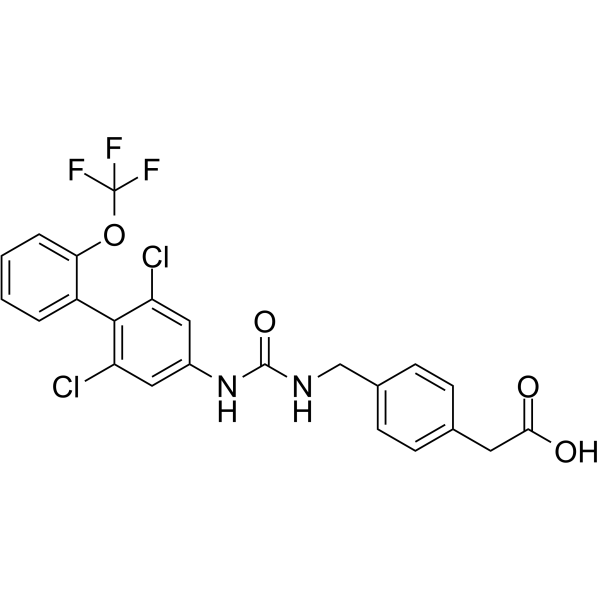
-
GC65953
RORγt inverse agonist 23
RORγt inverse agonist 23 is a potent, selective, and orally available novel retinoic acid receptor-related orphan receptor γt inverse agonist.
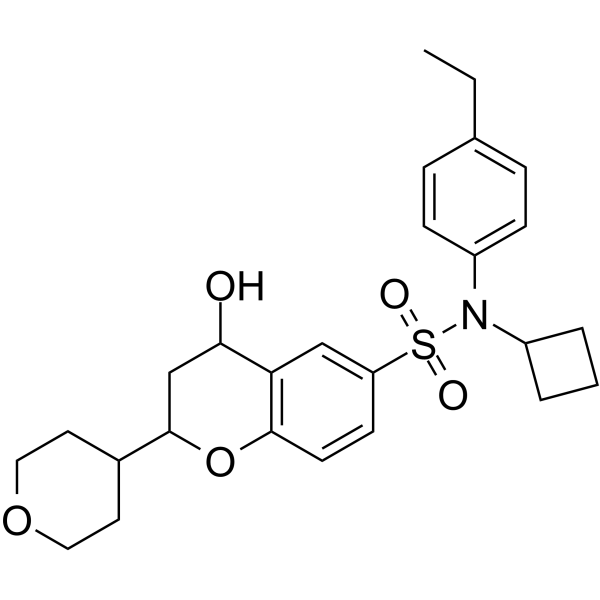
-
GC37557
RORγt Inverse agonist 3
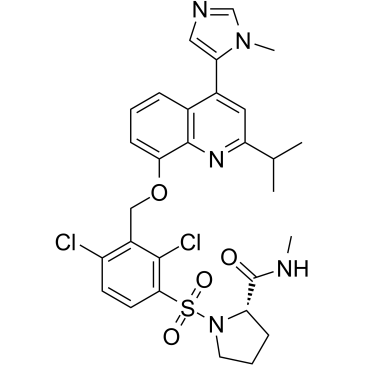
-
GC62623
RORγt Inverse agonist 6
RORγt Inverse agonist 6 (compound 43) is a RORγt inverse agonist for the study of Th17-driven autoimmune diseases.
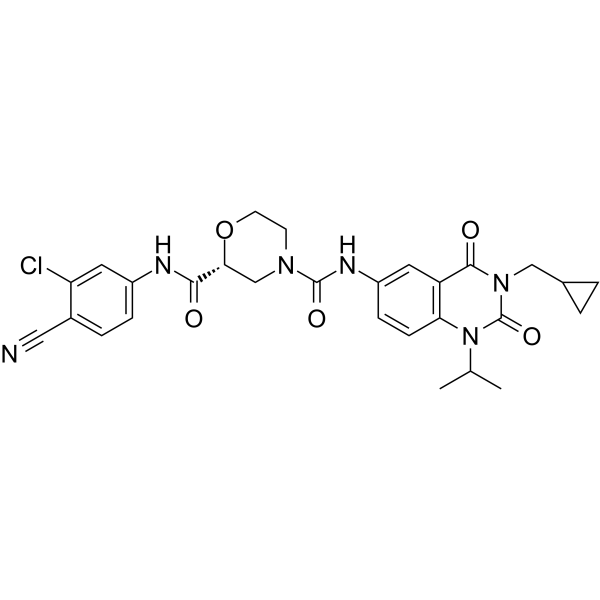
-
GC10517
Rp-8-bromo-Cyclic GMPS (sodium salt)
cGMP-dependent protein kinase (cGK) inhibitor
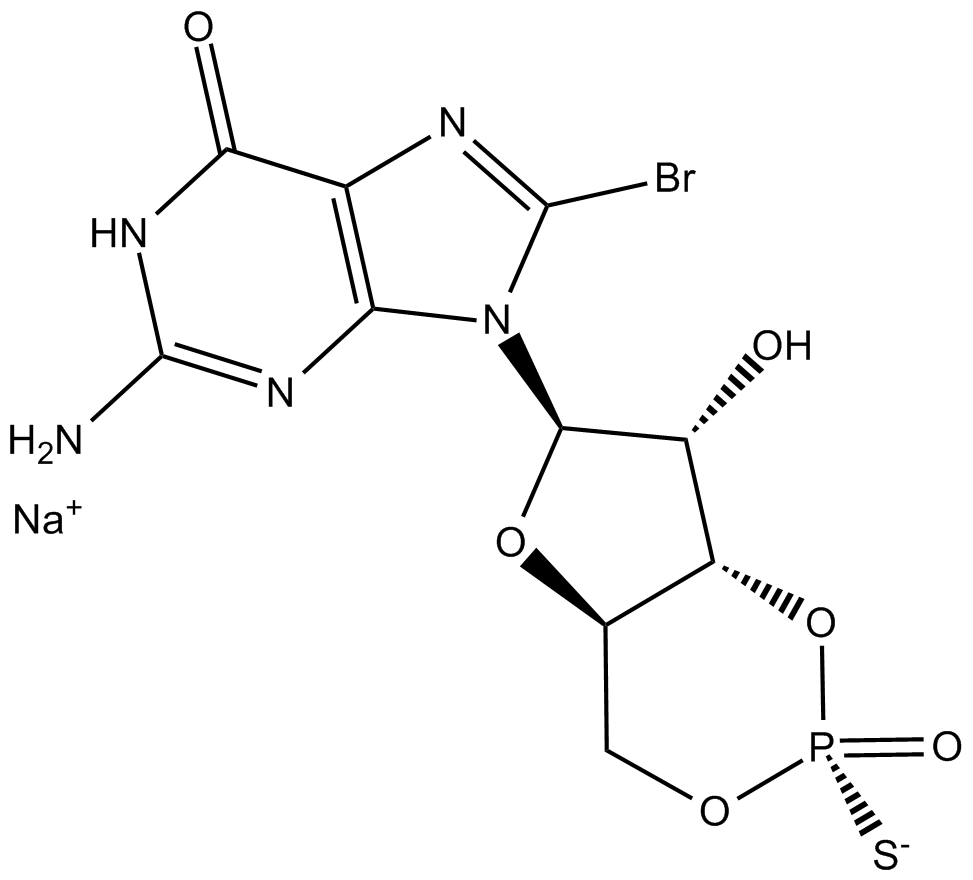
-
GC10706
Rp-8-pCPT-Cyclic GMPS (sodium salt)
GMP-dependent protein kinases (cGKs) inhibitor
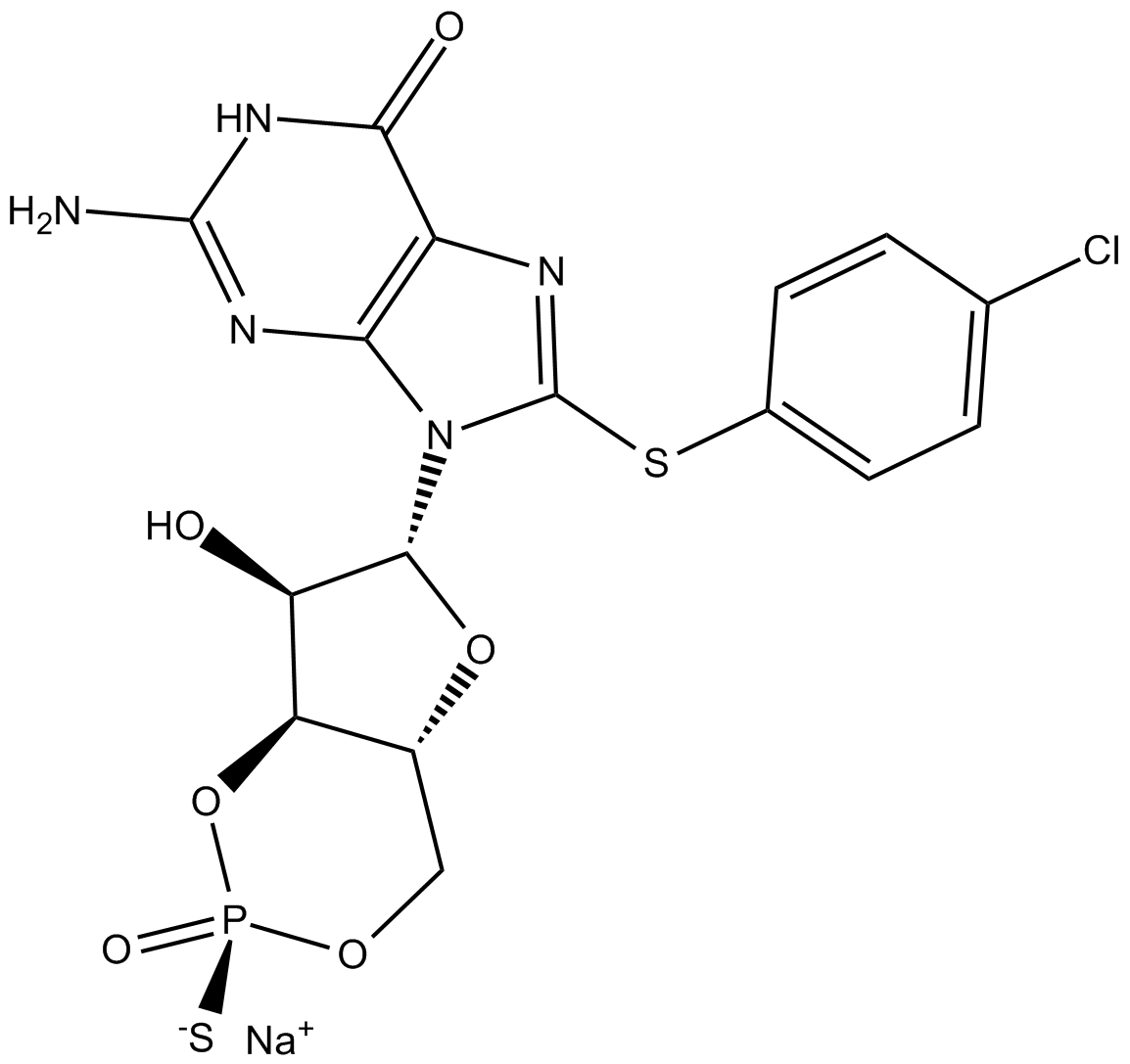
-
GC14779
RR-src
Tyrosine kinase substrate peptide
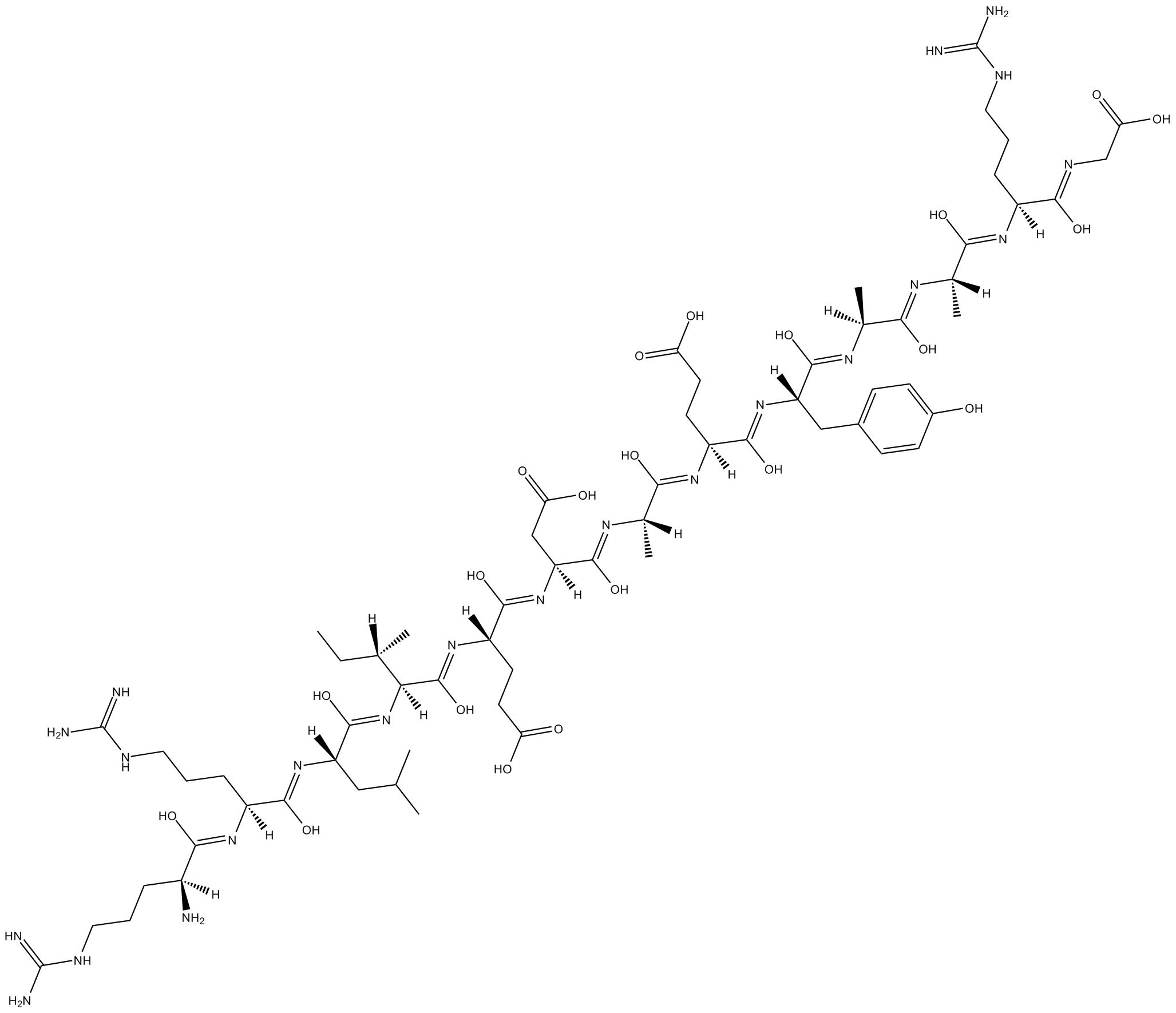
-
GC37568
RTC-5
RTC-5 (TRC-382) is an optimized phenothiazine with anti-cancer potency. RTC-5 demonstrates efficacy against a xenograft model of an EGFR driven cancer, its effects is attributed to concomitant negative regulation of PI3K-AKT and RAS-ERK signaling.

-
GC38580
RU-301
RU-301 is a pan TAM inhibitor that blocks Gas6-induced TAM activation and tumorigenicity.
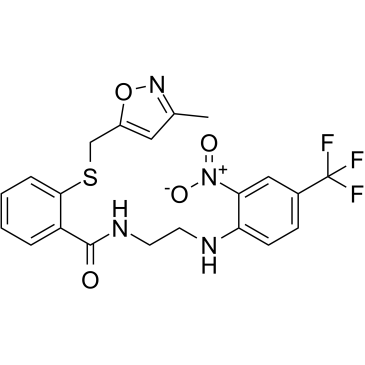
-
GC64385
RU-302
RU-302 is a pan TAM inhibitor that blocks the interface between the TAM Ig1 ectodomain and the Gas6 Lg domain. RU-302 effectively blocks Gas6-inducible Axl receptor activation with a low micromolar IC50in cell assays, and suppresses lung cancer tumor growth.
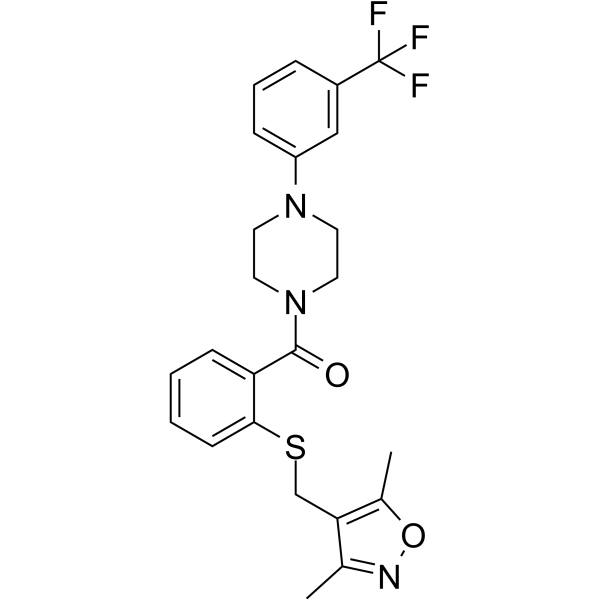
-
GC69843
Ruserontinib
Ruserontinib (SKLB1028) is an orally active inhibitor of EGFR, FLT3, and Abl kinases with an IC50 value of 55 nM against human FLT3. It has anti-tumor activity.
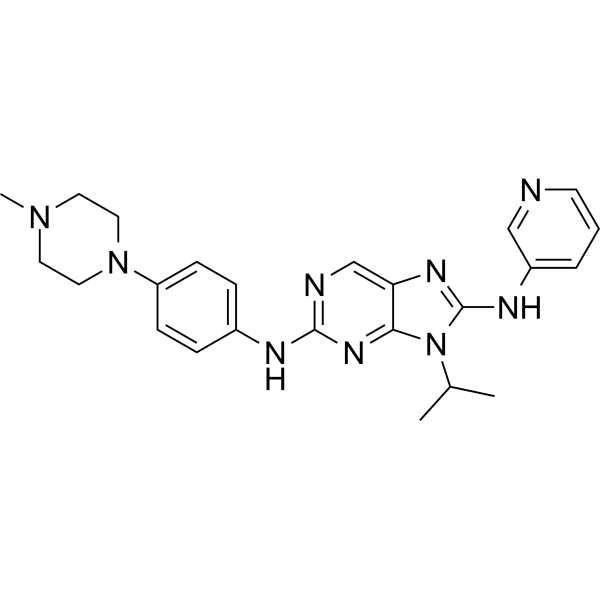
-
GC63332
S116836
S116836, a potent, orally active BCR-ABL tyrosine kinase inhibitor, blocks both wild-type as well as T315I Bcr-Abl. S116836 arrests the cells in the G0/G1 phase of cell cycle, induces apoptosis, increases ROS production, and decreases GSH production in BaF3/WT and BaF3/T315I cells. S116836 also inhibits SRC, LYN, HCK, LCK and BLK, and receptor tyrosine kinases such as FLT3, TIE2, KIT, PDGFR-β. Antitumor activies.
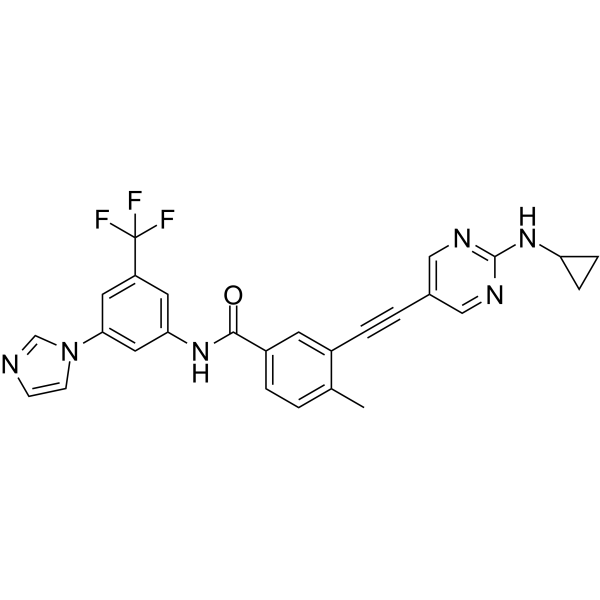
-
GC65155
S18-000003
S18-000003 is a potent, selective and orally active inhibitor of retinoic acid receptor-related orphan receptor-gamma-t (RORγt), with an IC50 of <30 nM towards human RORγt in competitive binding assays.
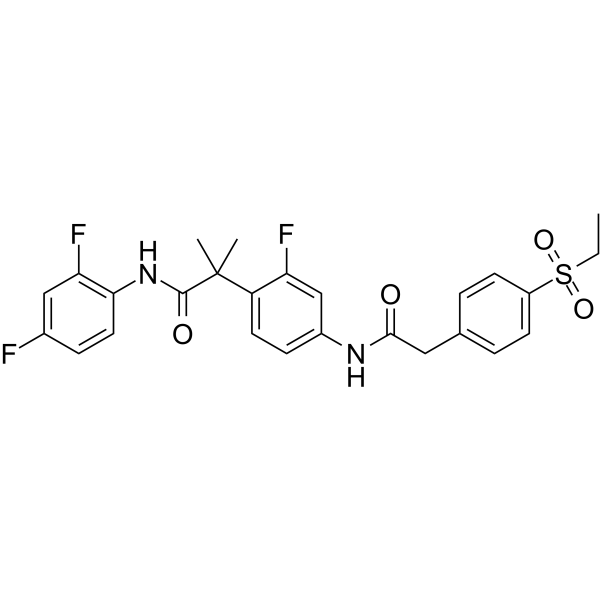
-
GC19317
S49076
S49076 is a novel, potent inhibitor of MET, AXL/MER, and FGFR1/2/3 with IC50 values below 20 nM.
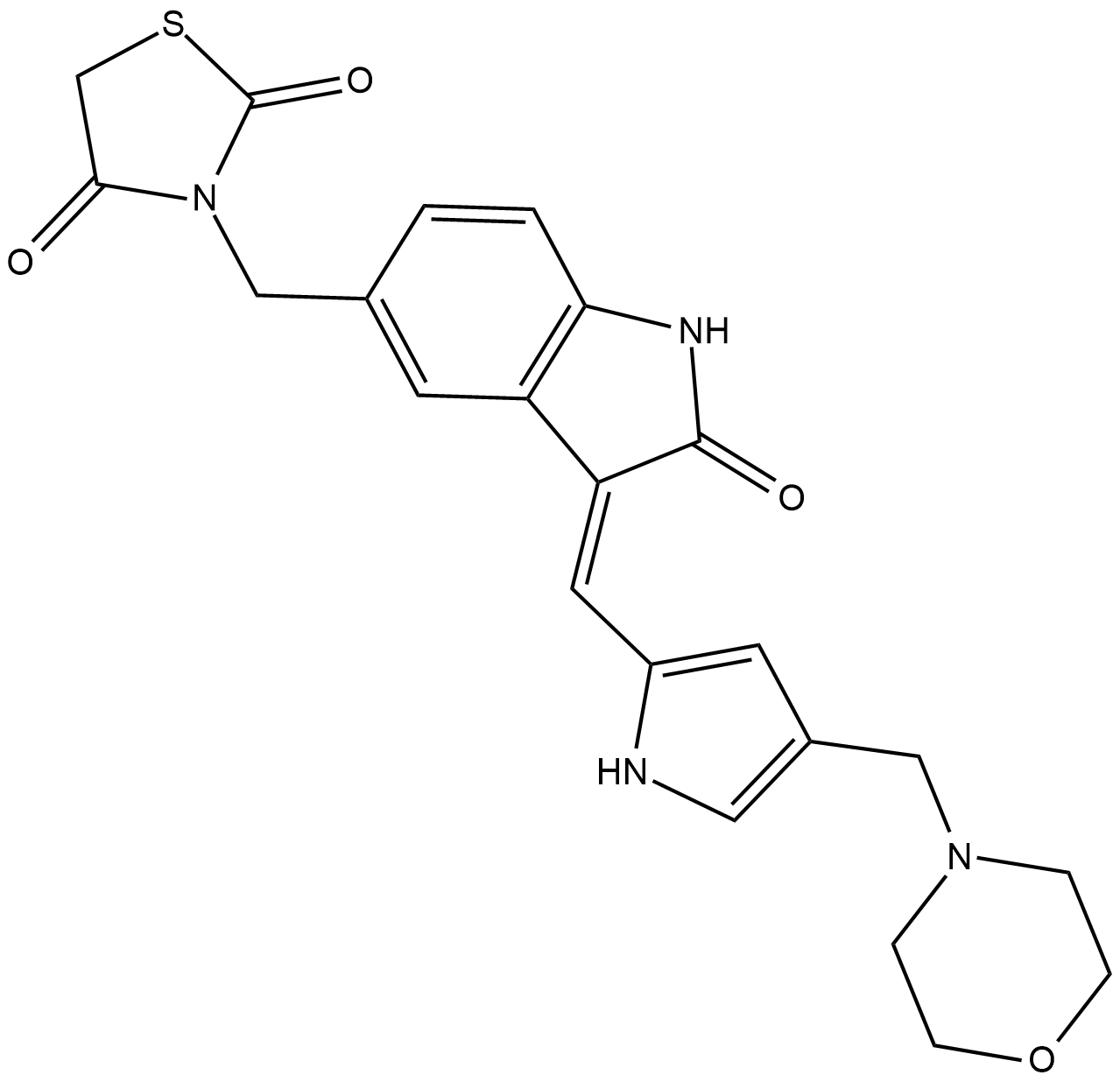
-
GC25881
S961
S961 is a biosynthetic insulin receptor antagonist that inhibits cellular proliferation and colony formation in breast tumour cells.
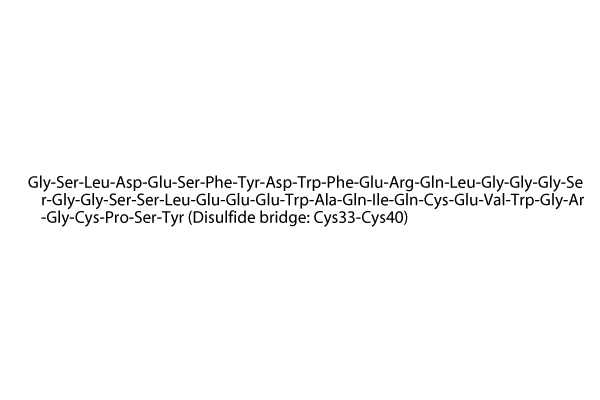
-
GC61550
S961 acetate
S961 acetate is an high-affinity and selective insulin receptor (IR) antagonist with IC50s of 0.048, 0.027, and 630 nM for HIR-A, HIR-B, and human insulin-like growth factor I receptor (HIGF-IR) in SPA-assay, respectively.
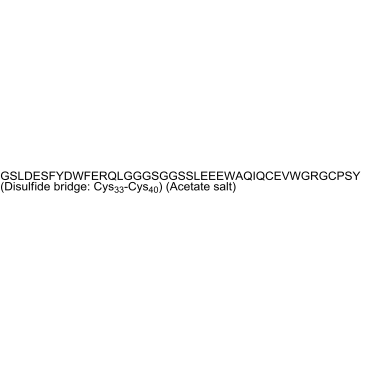
-
GC39189
S961 TFA
S961 TFA is an high-affinity and selective insulin receptor (IR) antagonist with IC50s of 0.048, 0.027, and 630 nM for HIR-A, HIR-B, and human insulin-like growth factor I receptor (HIGF-IR) in SPA-assay, respectively.
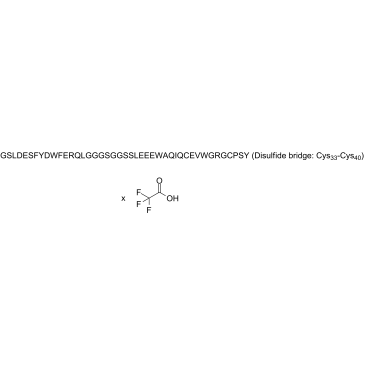
-
GC41626
Sappanone A
Sappanone A is a homoisoflavanone with strong antioxidant and anti-inflammatory activities.

-
GC33189
SAR125844
SAR125844 is a potent, highly selective, reversible and ATP-competitive MET receptor tyrosine kinase (RTK) inhibitor, with an IC50 of 4.2 nM. Shows inhibition of MET autophosphorylation in cell-based assays.
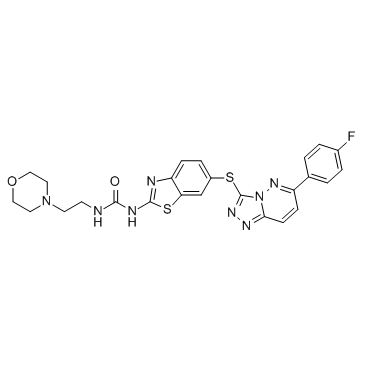
-
GC12586
SAR131675
VEGFR3 inhibitor,selective and ATP-competitve
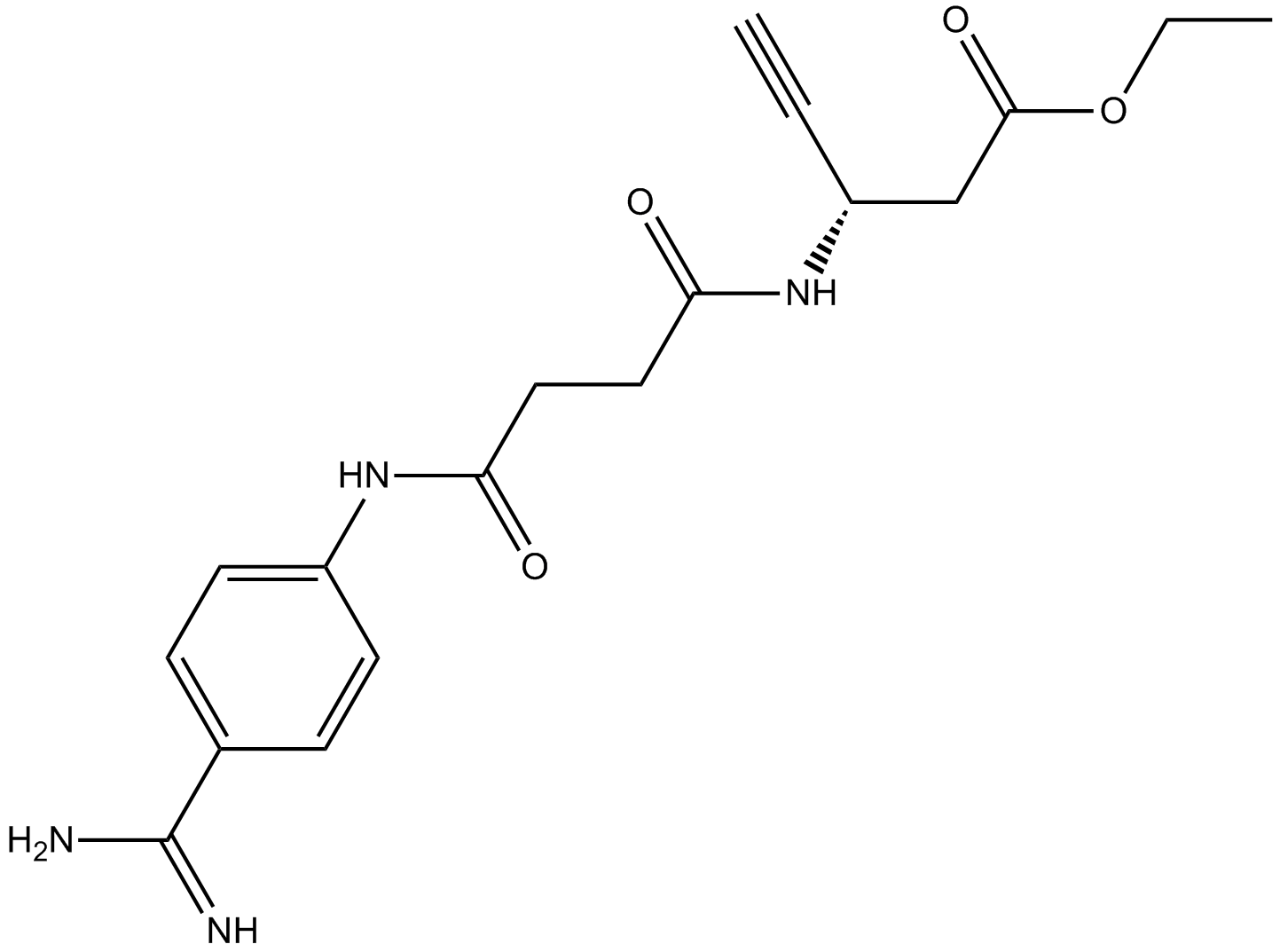
-
GC15197
Saracatinib (AZD0530)
Saracatinib (AZD0530) (AZD0530) is a potent Src family inhibitor with IC50s of 2.7 to 11 nM for c-Src, Lck, c-YES, Lyn, Fyn, Fgr, and Blk. Saracatinib (AZD0530) shows high selectivity over other tyrosine kinases.
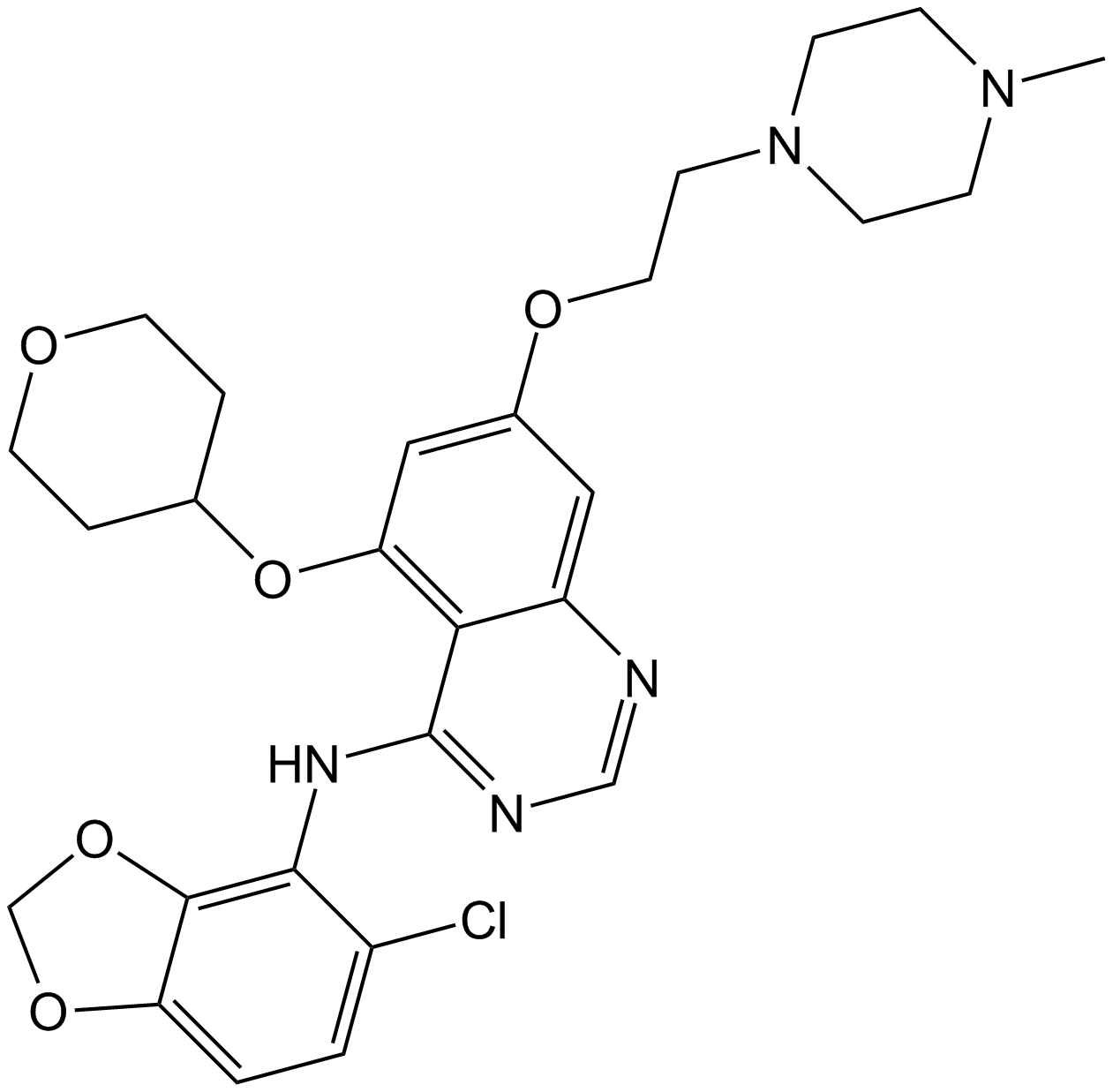
-
GC19321
Savolitinib
Savolitinib (AZD6094) ia highly potent and selective c-Met inhibitor with an IC50 of 5 nM.
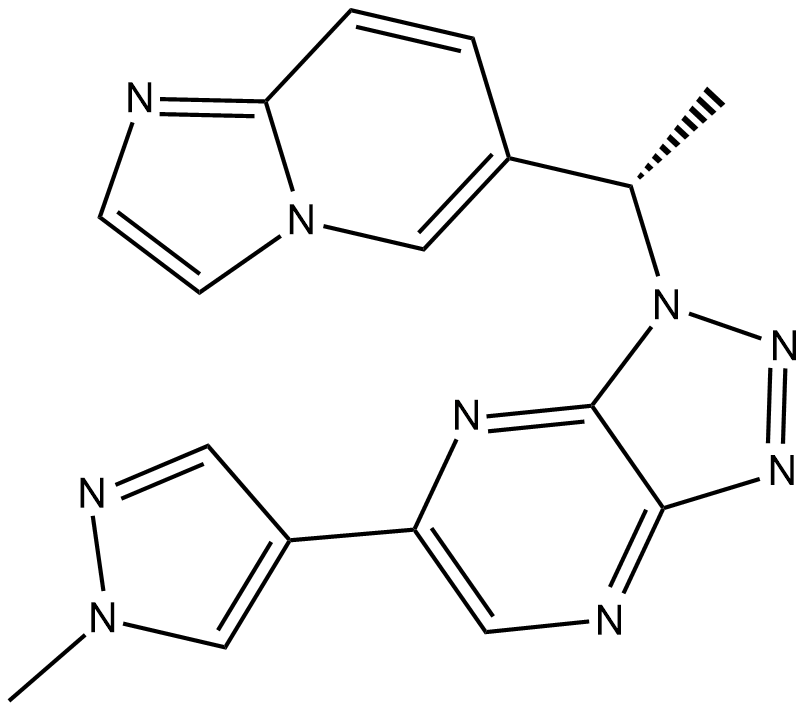
-
GC48070
SB-431542 (hydrate)
Inhibitor of receptors ALK4, ALK5, and ALK7

-
GC12064
SB1317
A multi-kinase inhibitor
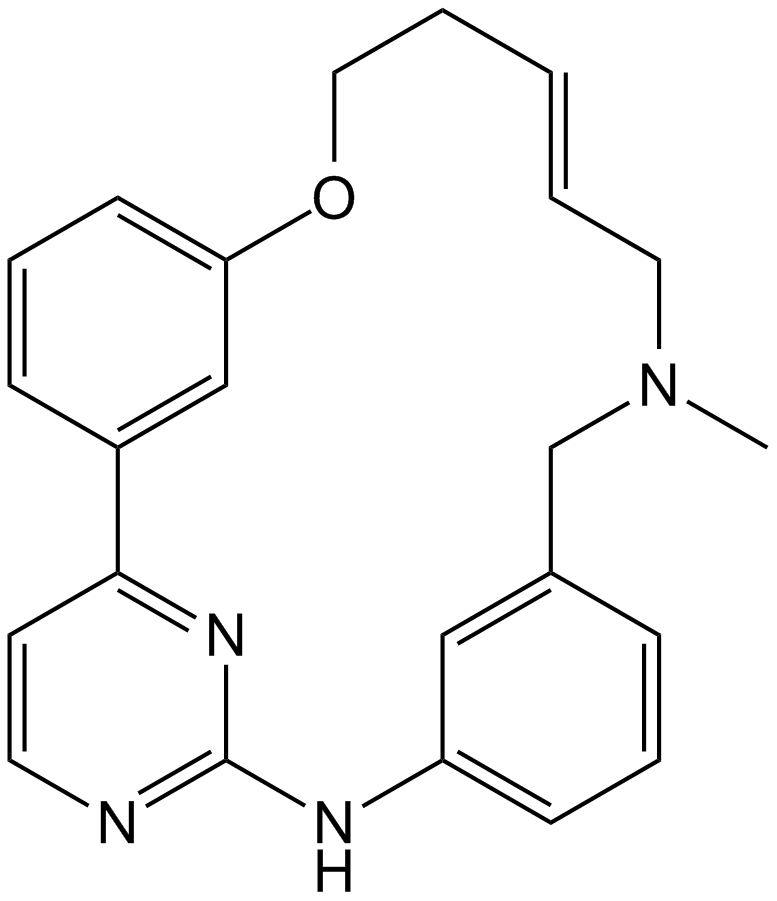
-
GC14349
SB525334
(TGF-beta1) receptor inhibitor
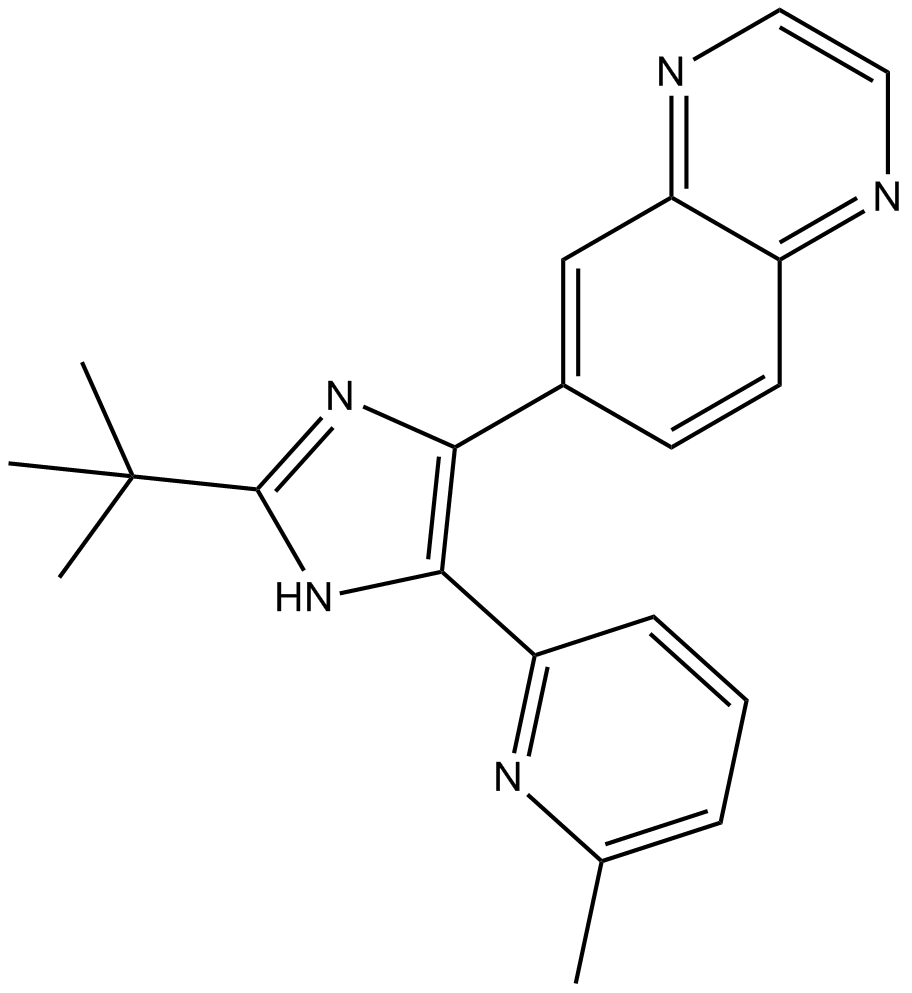
-
GC19108
SCR-1481B1
SCR-1481B1 (c-Met inhibitor 2) is a potent compound that has activity against cancers dependent upon Met activation and also has activity against cancers as a VEGFR inhibitor.
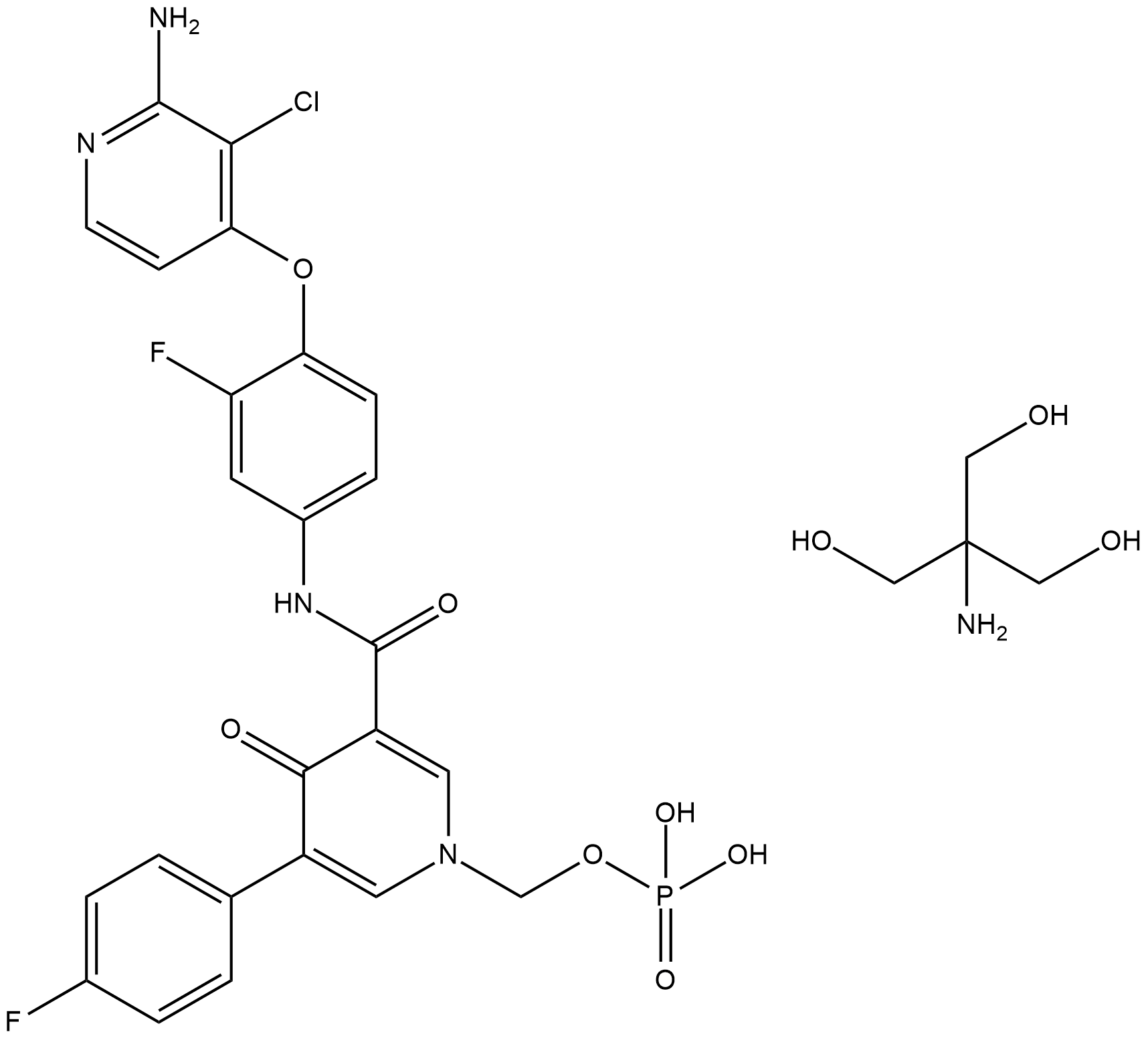
-
GN10633
Scutellarein
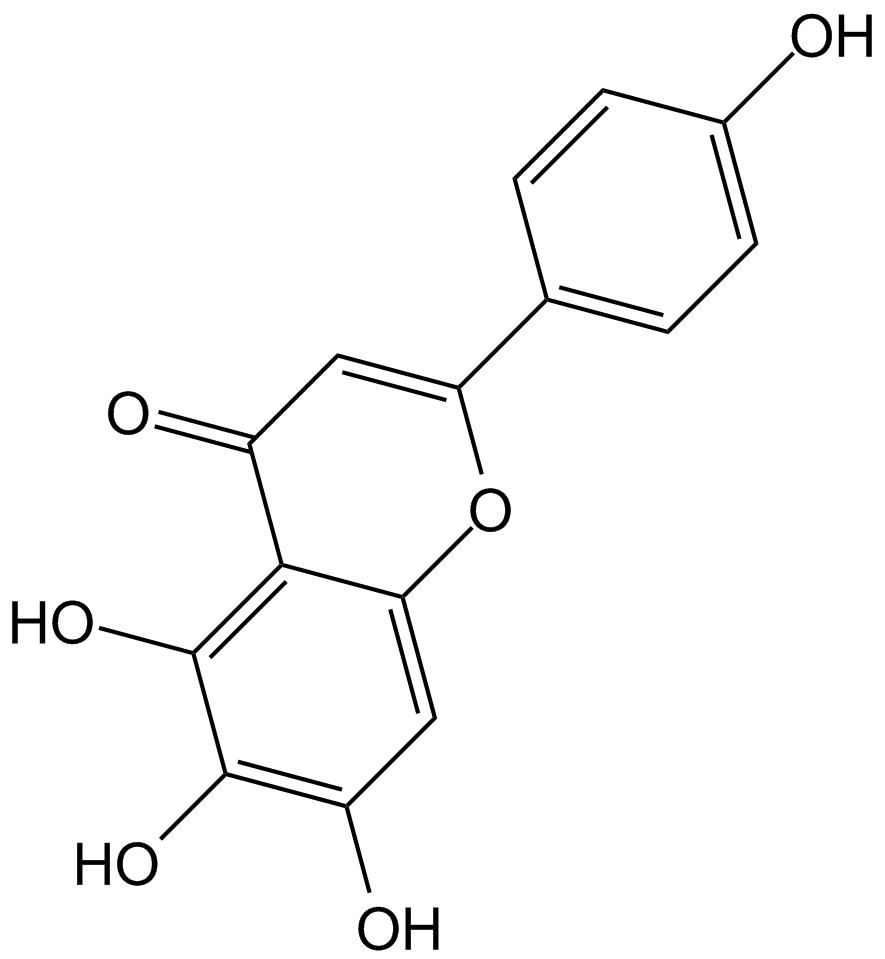
-
GC37620
Secretin, canine
Secretin, canine is an endocrine hormone that stimulates the secretion of bicarbonate-rich pancreatic fluids.
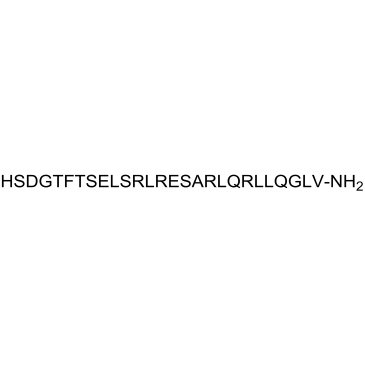
-
GC68430
Selatinib
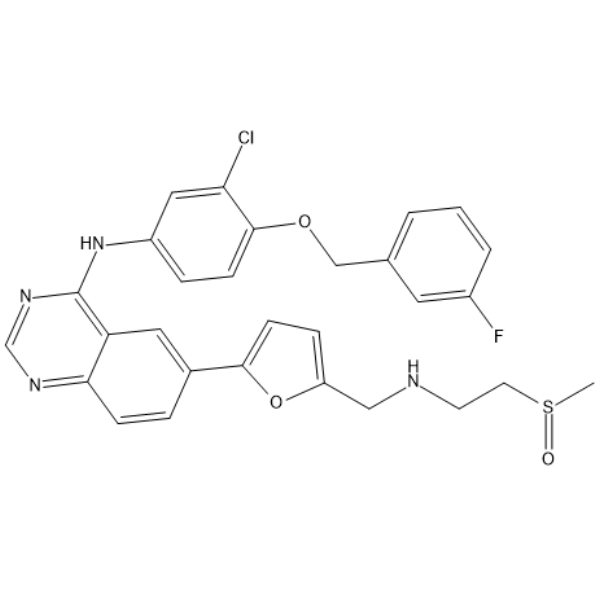
-
GC32808
Selitrectinib (LOXO-195)
Selitrectinib (LOXO-195) (LOXO-195) is a next-generation TRK kinase inhibitor, with IC50s of 0.6 nM and <2.5 nM for TRKA and TRKC, respectively.
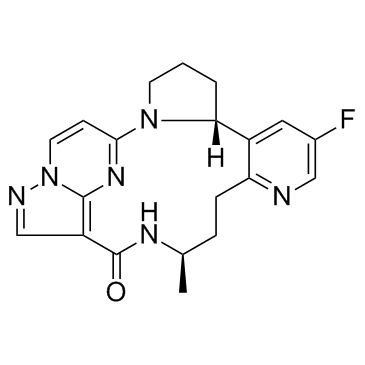
-
GC33192
Selpercatinib
A RET kinase inhibitor
